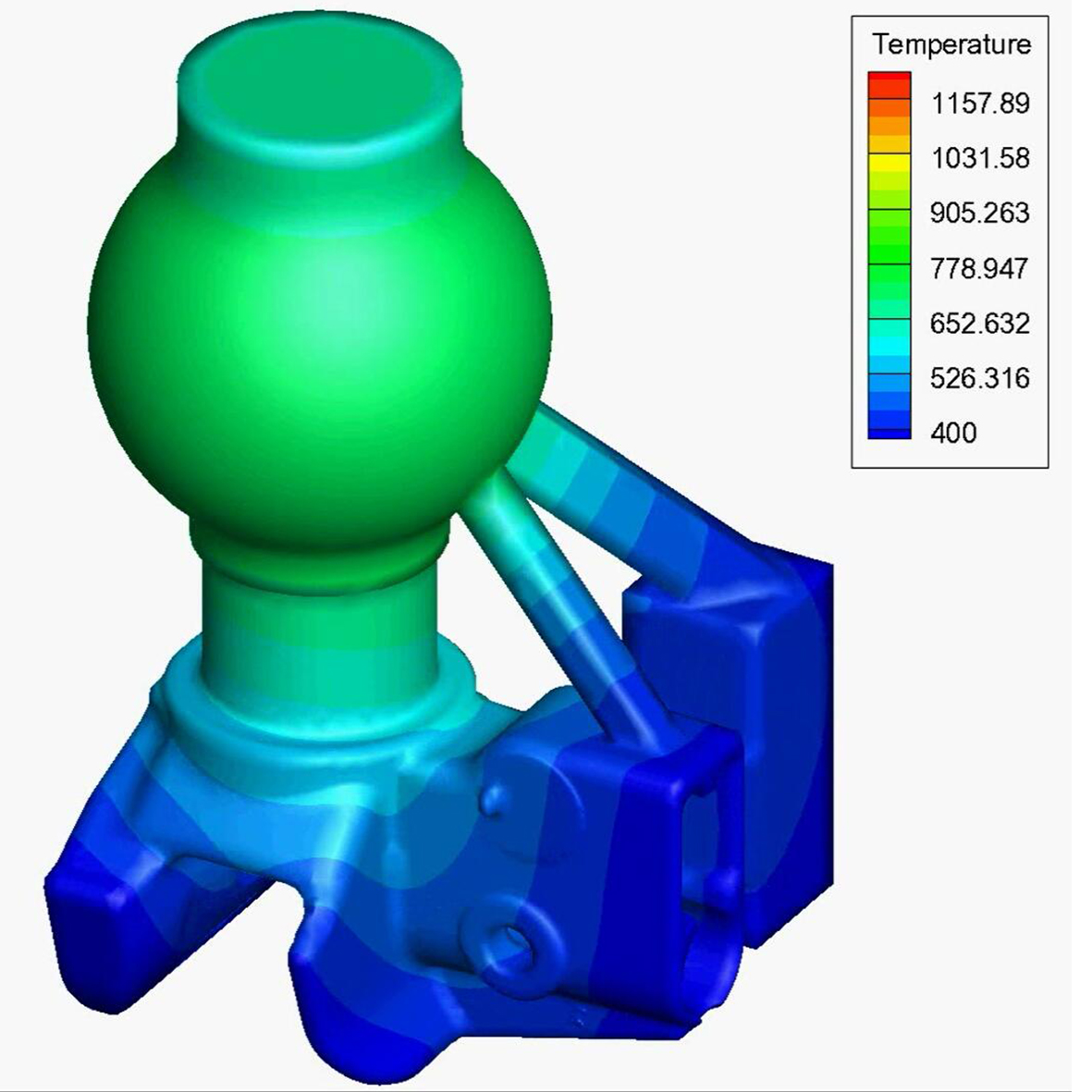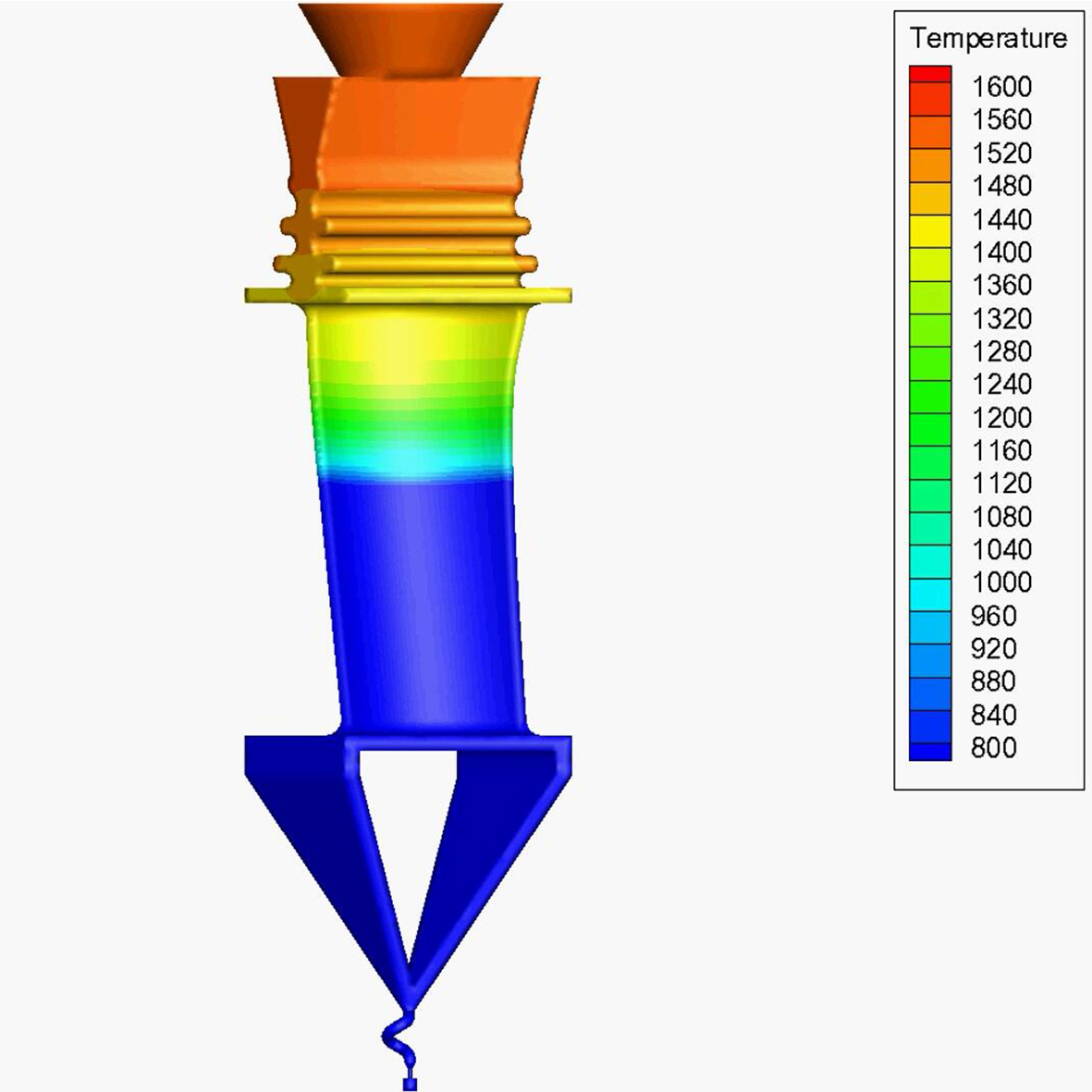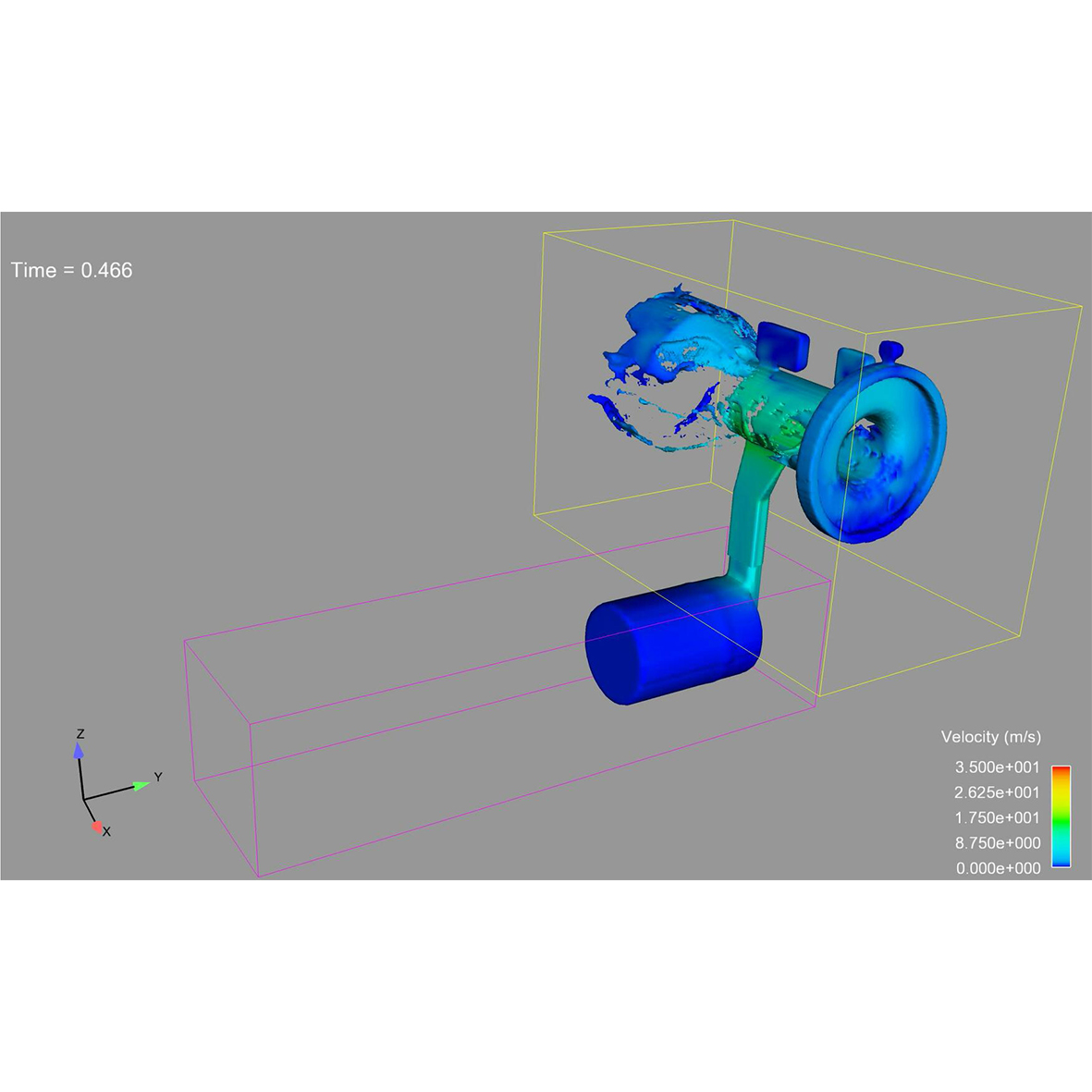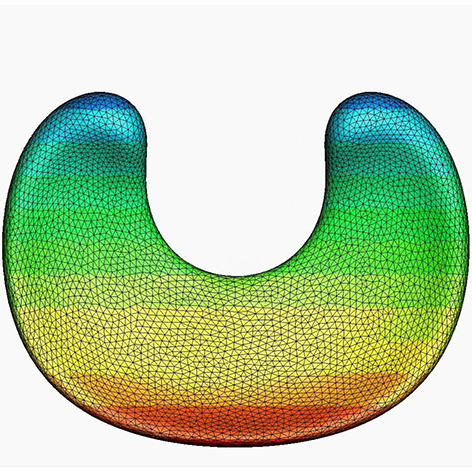曹 流
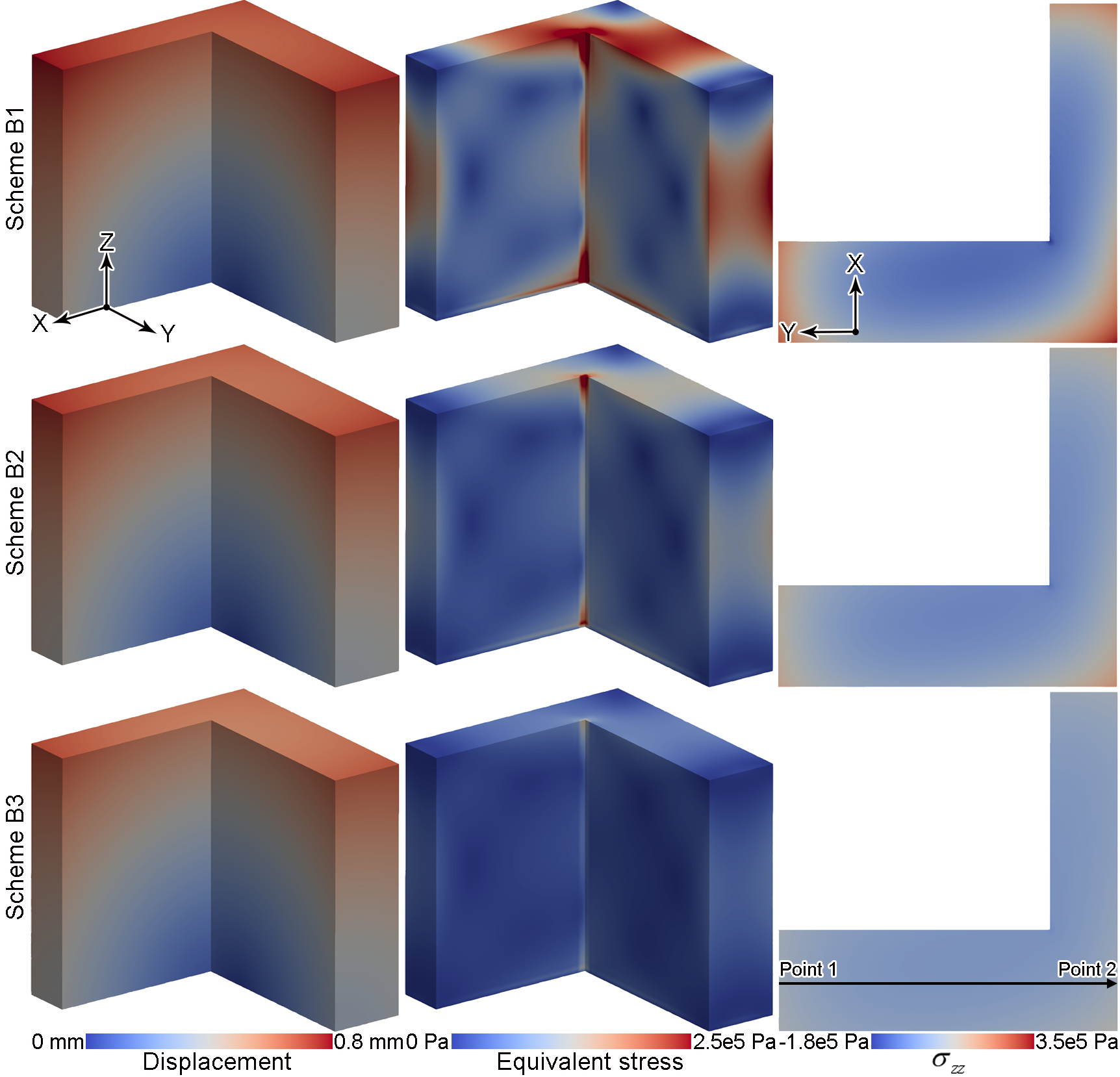
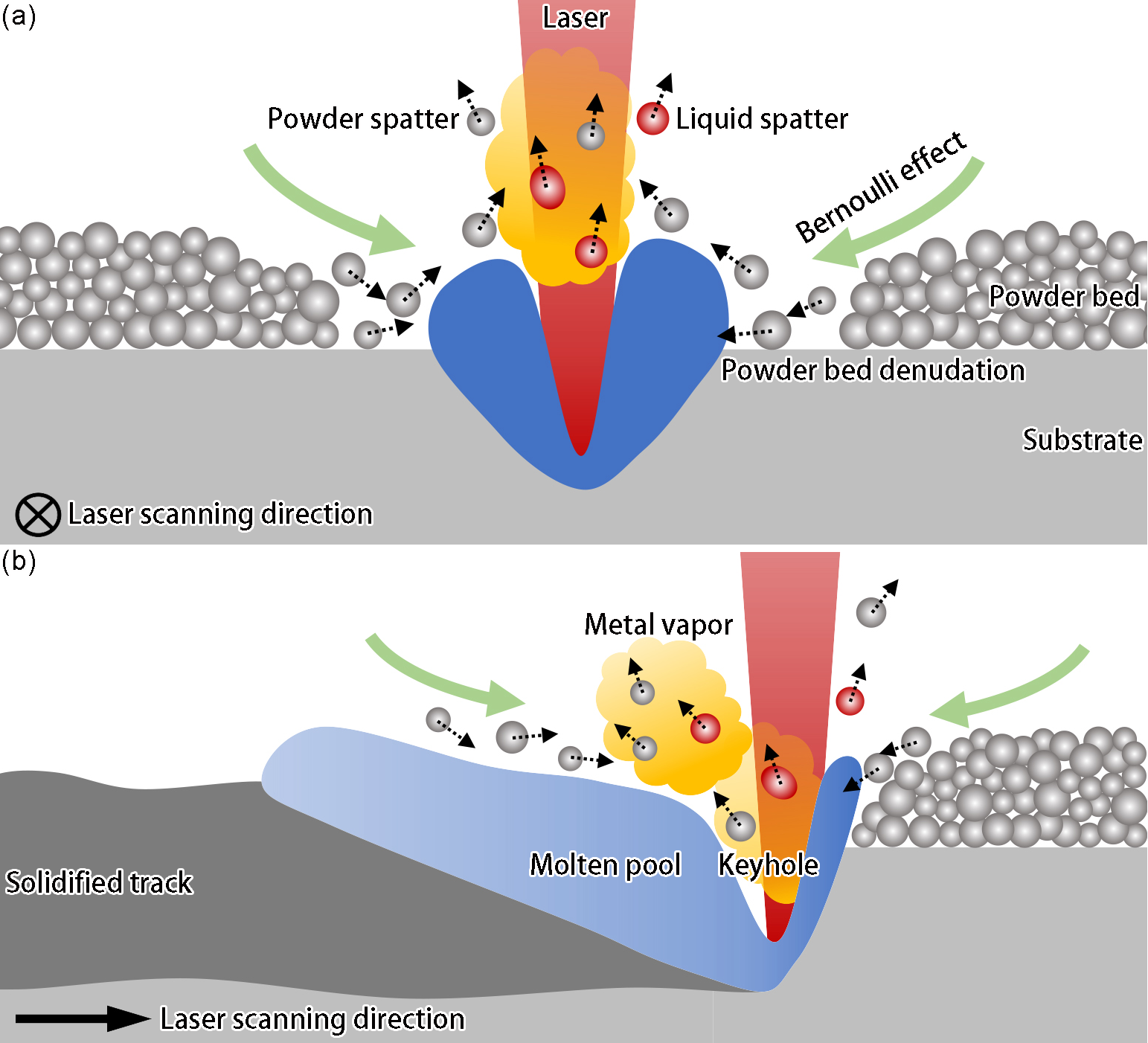


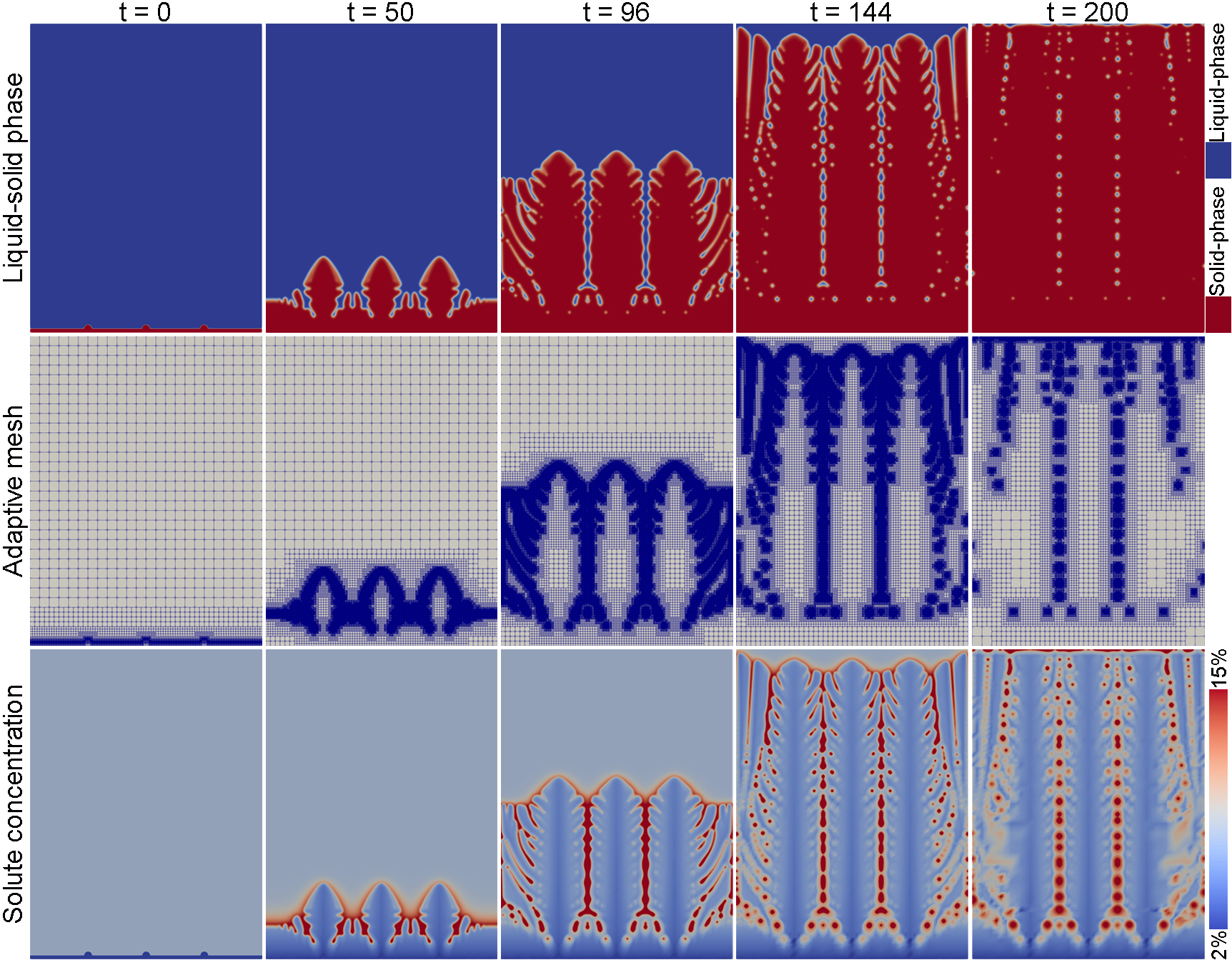
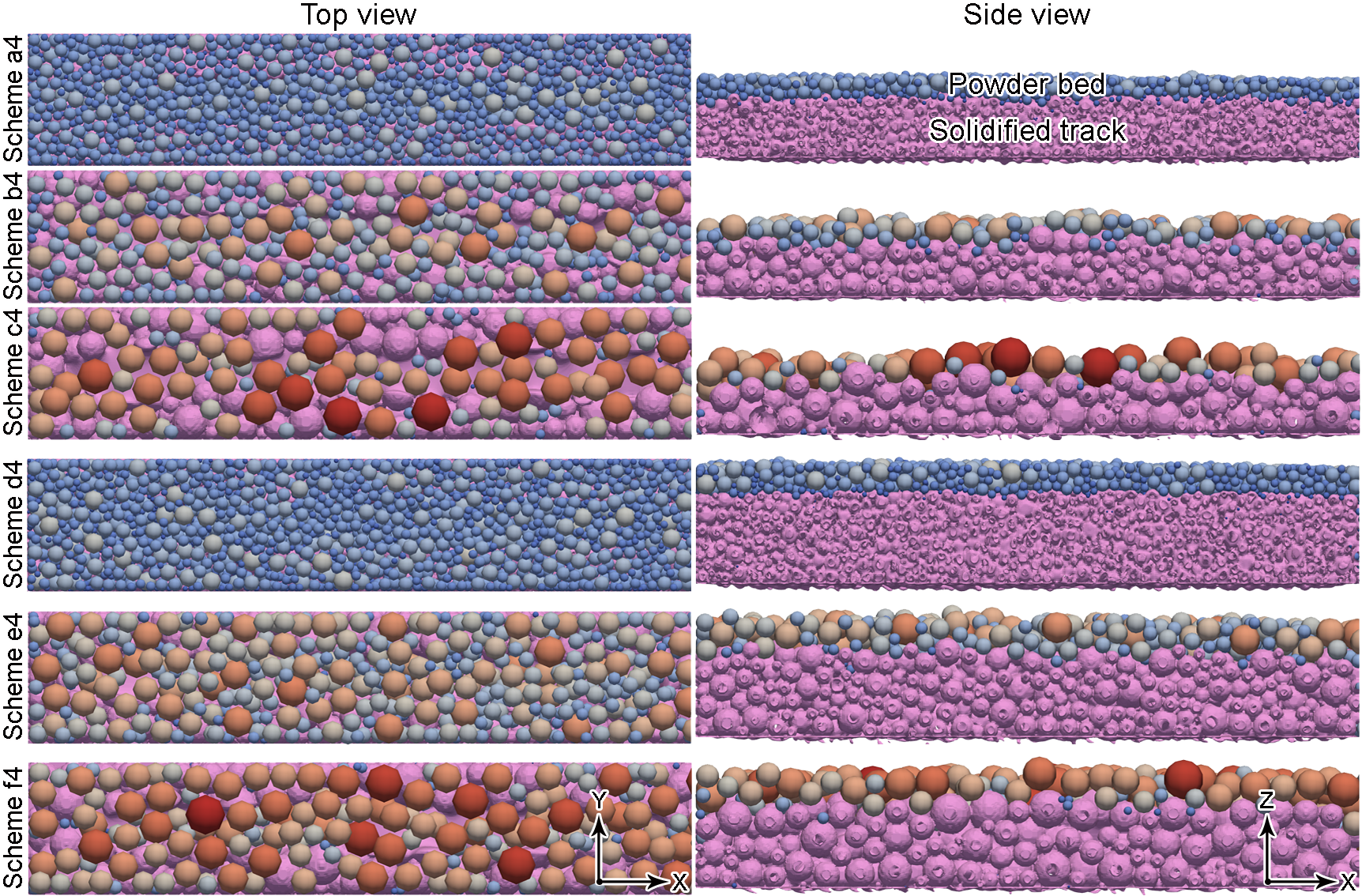
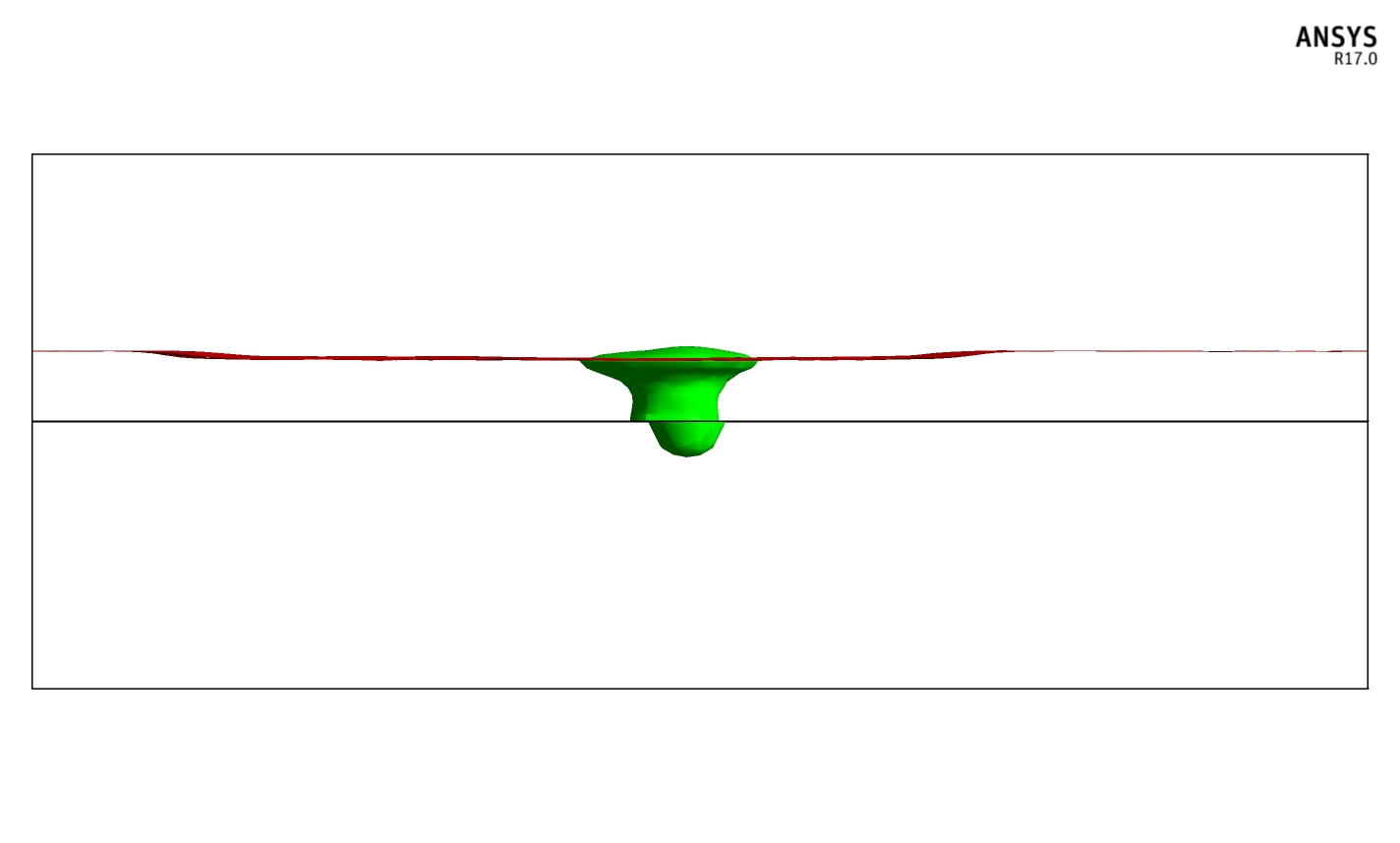
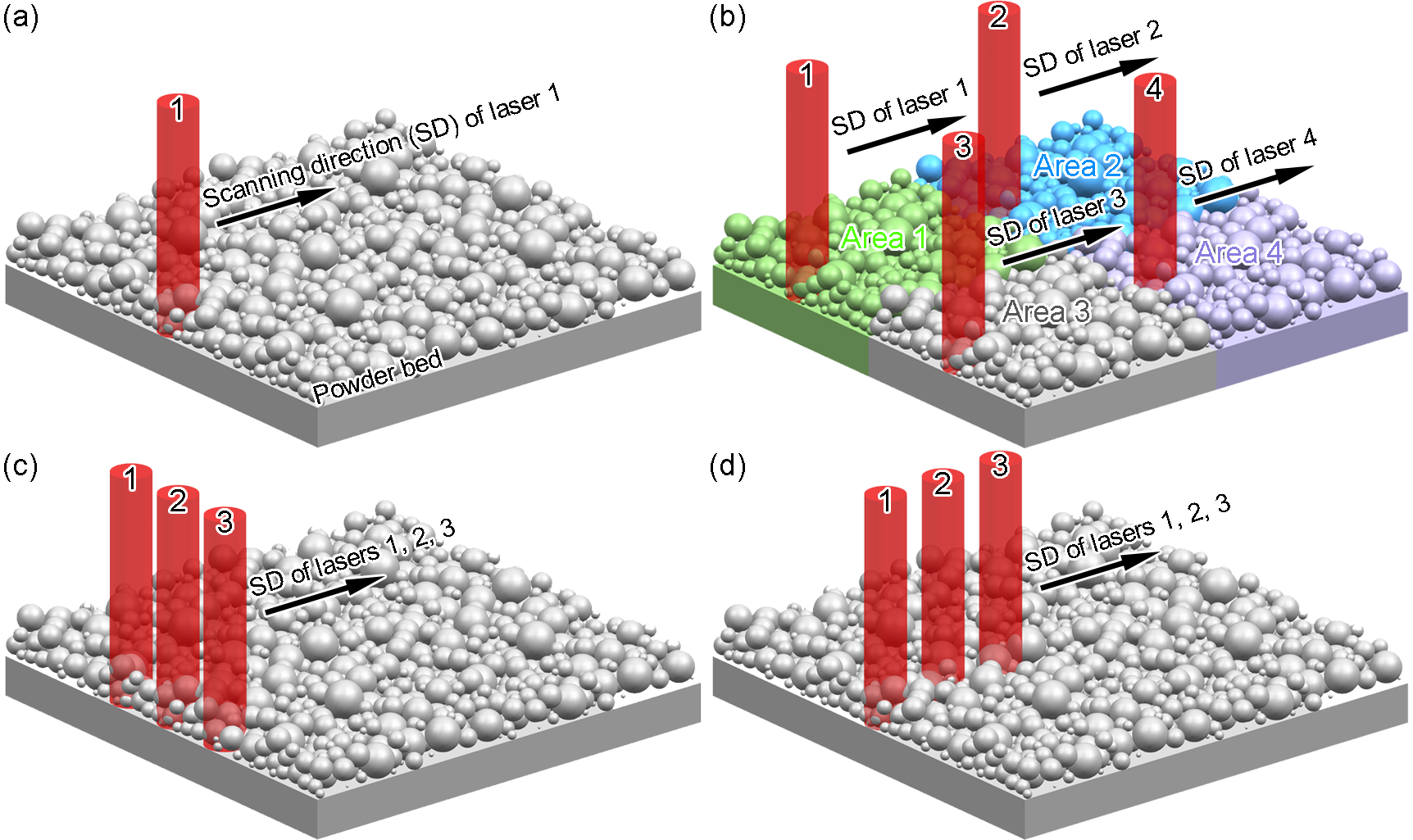
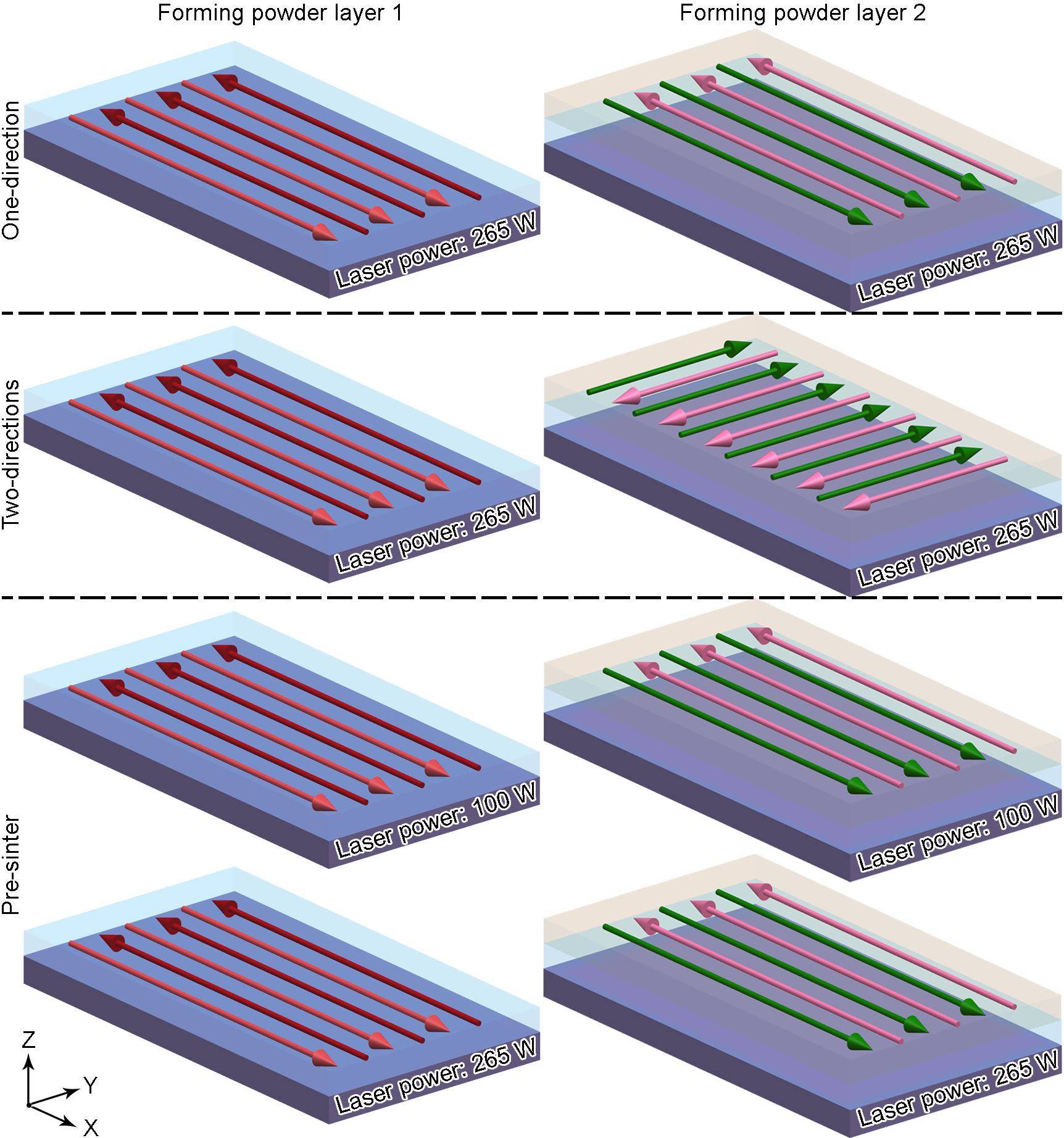


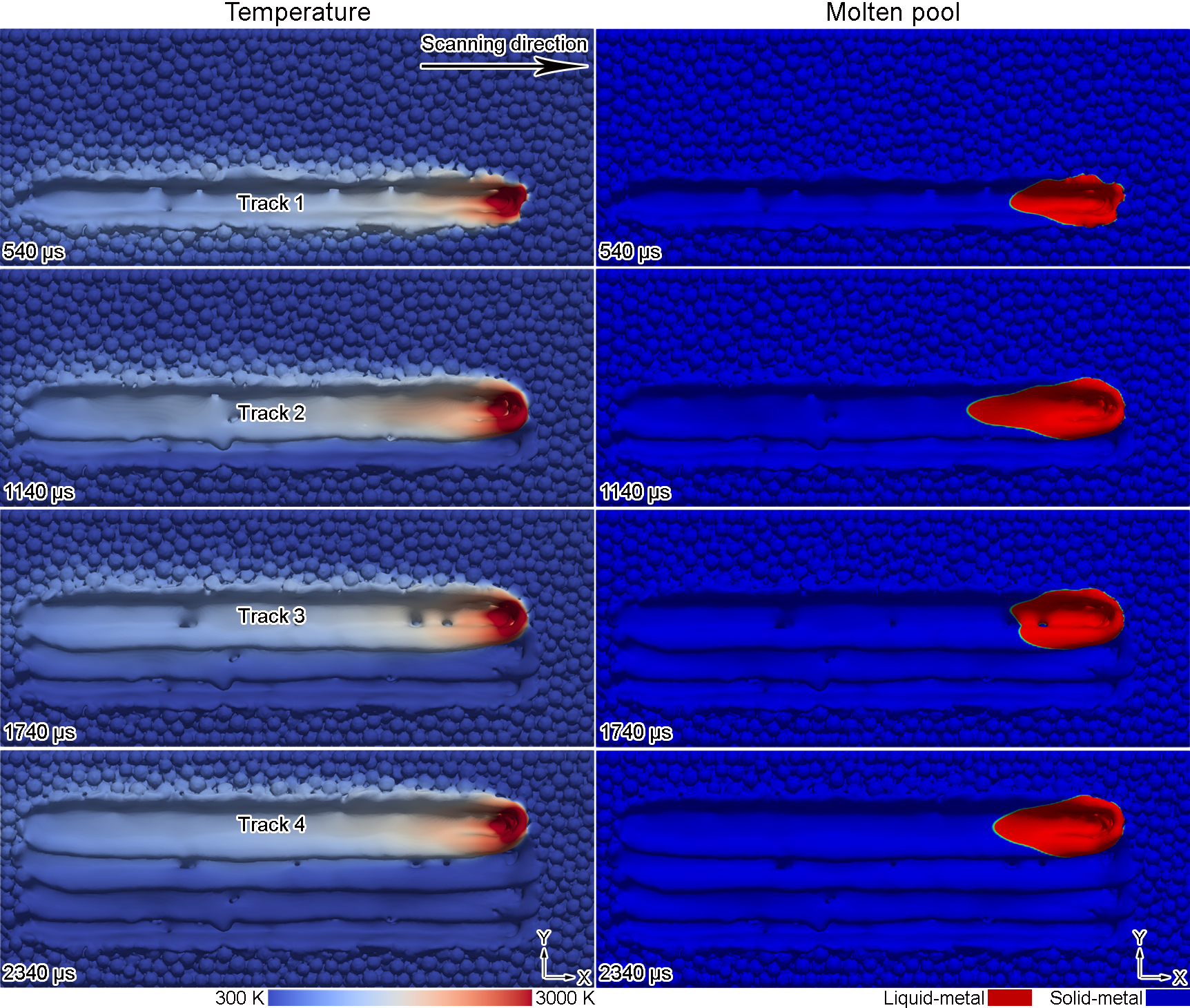



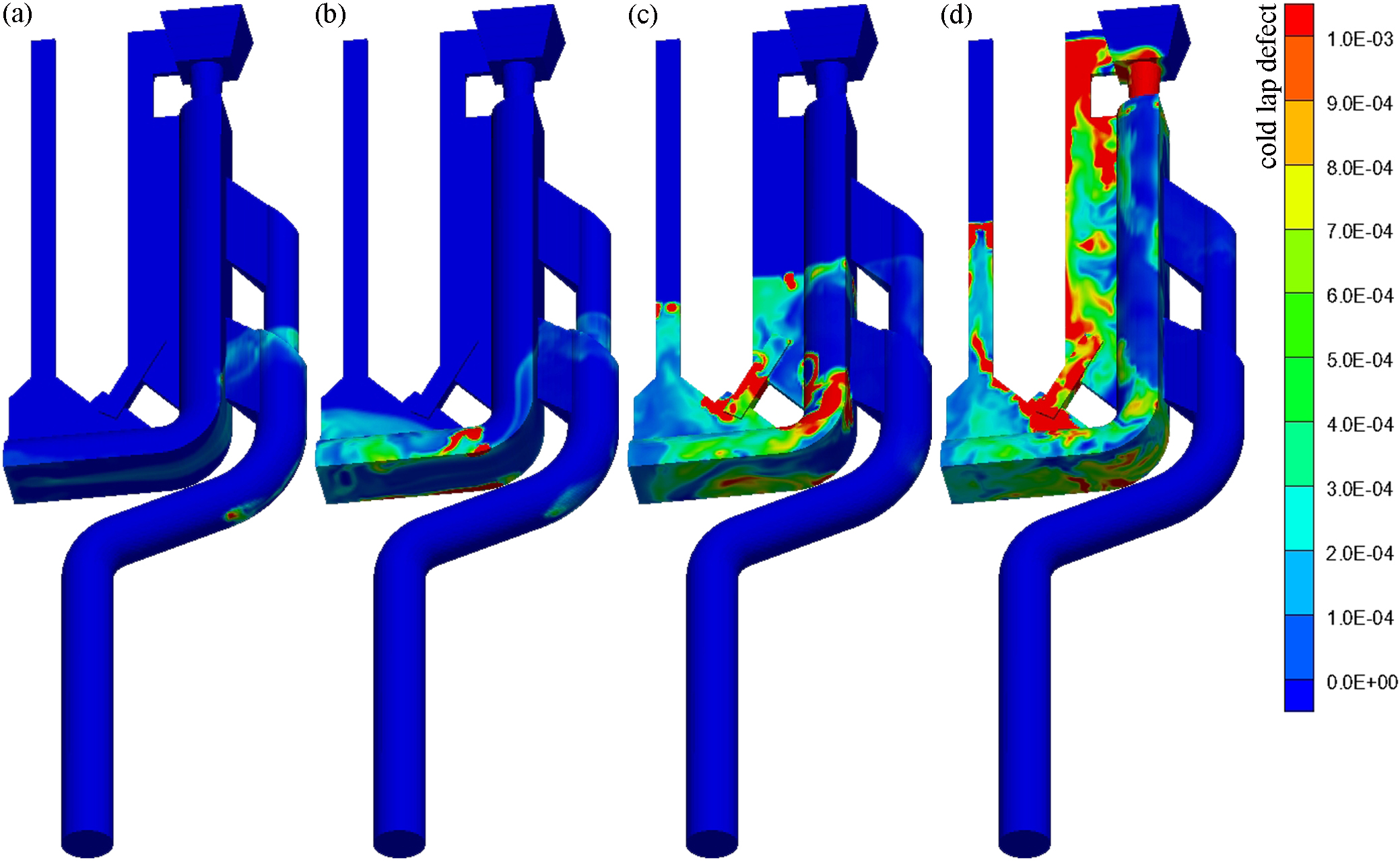

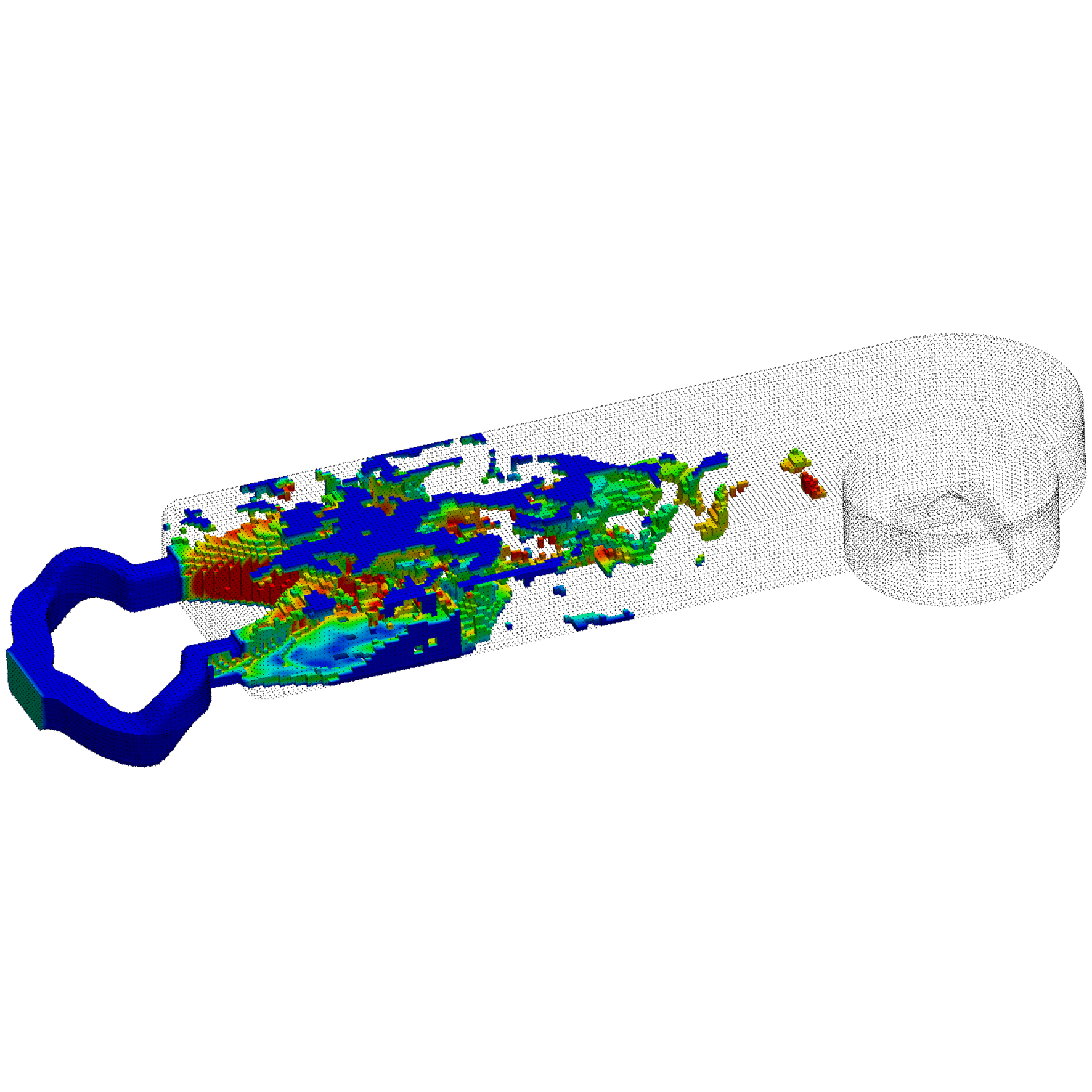
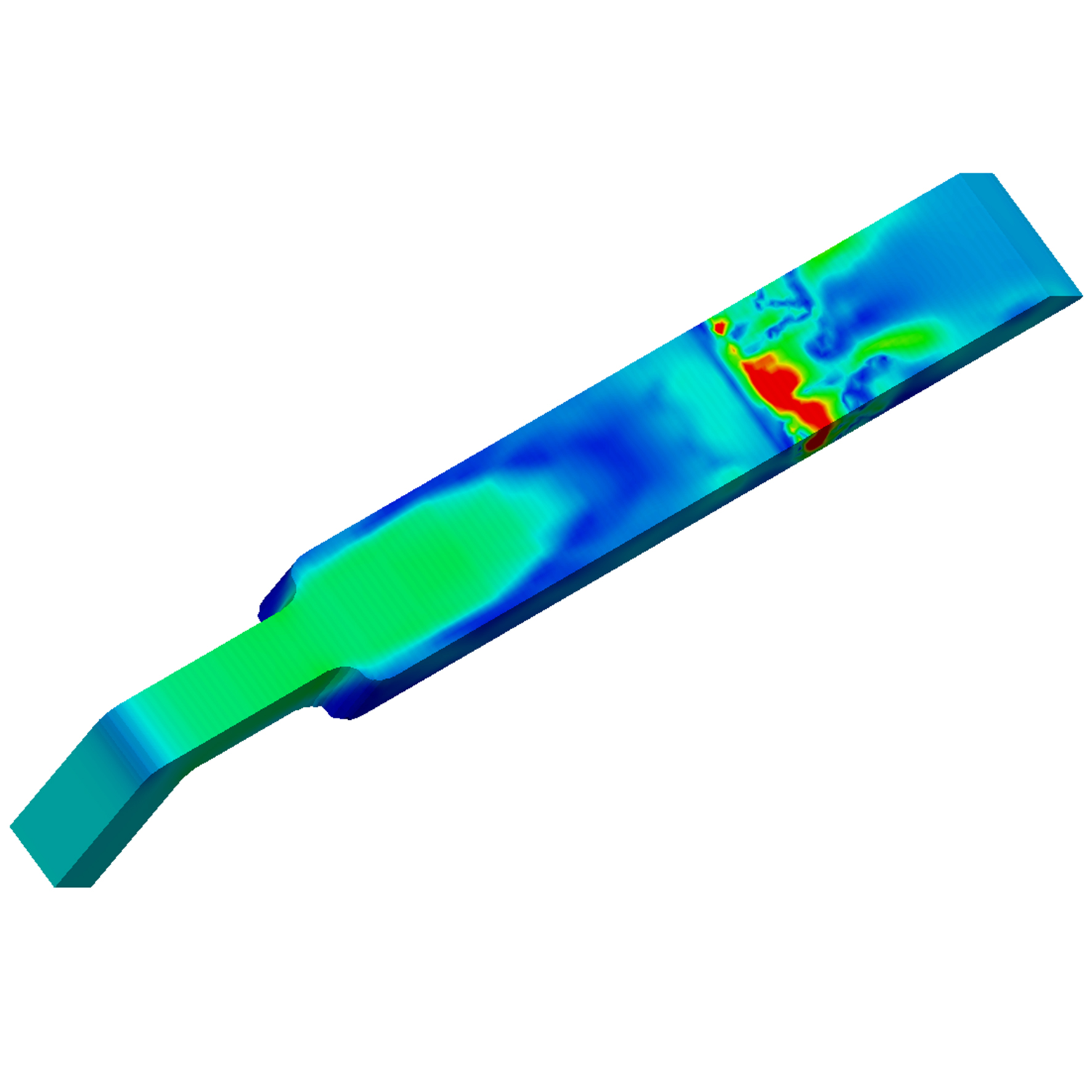
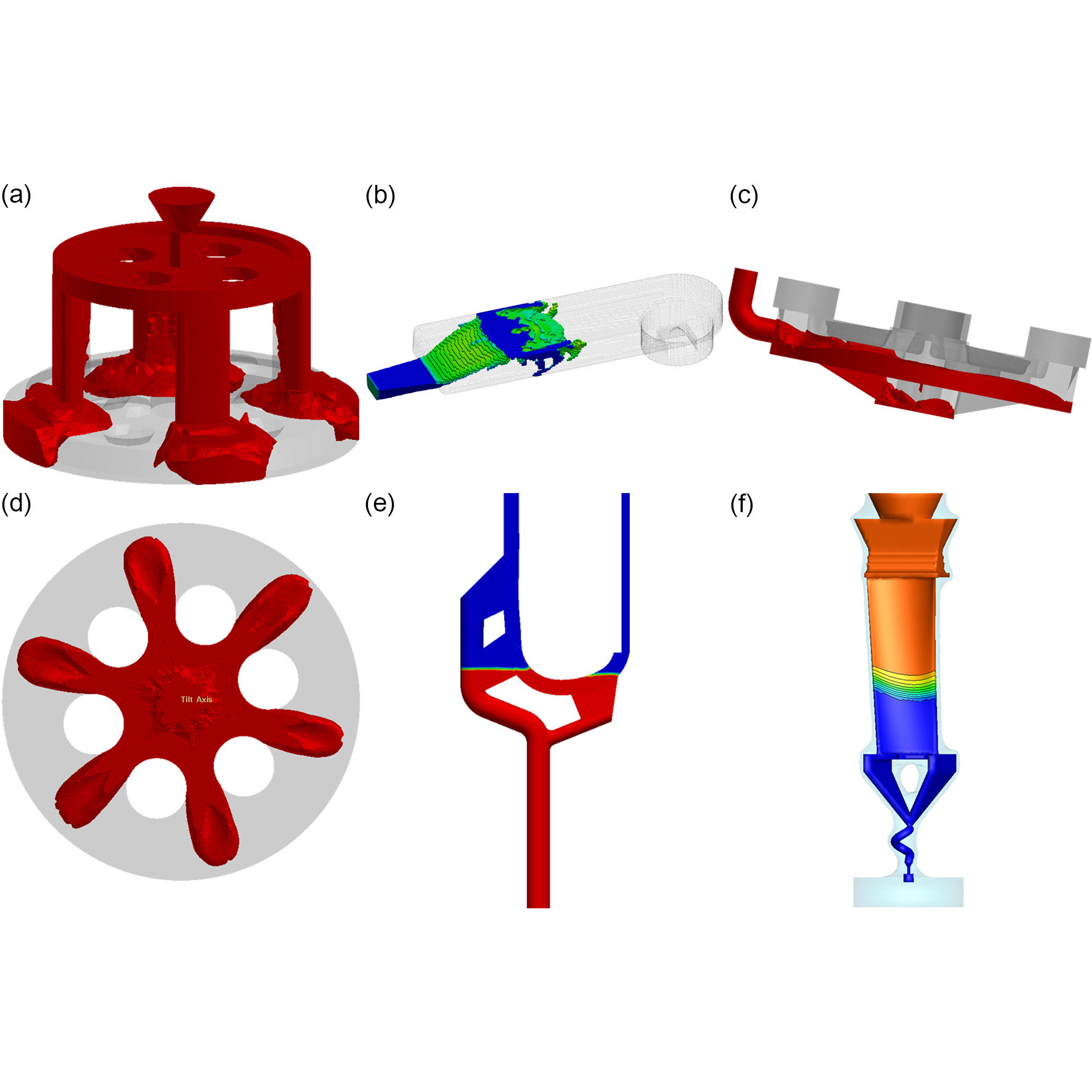
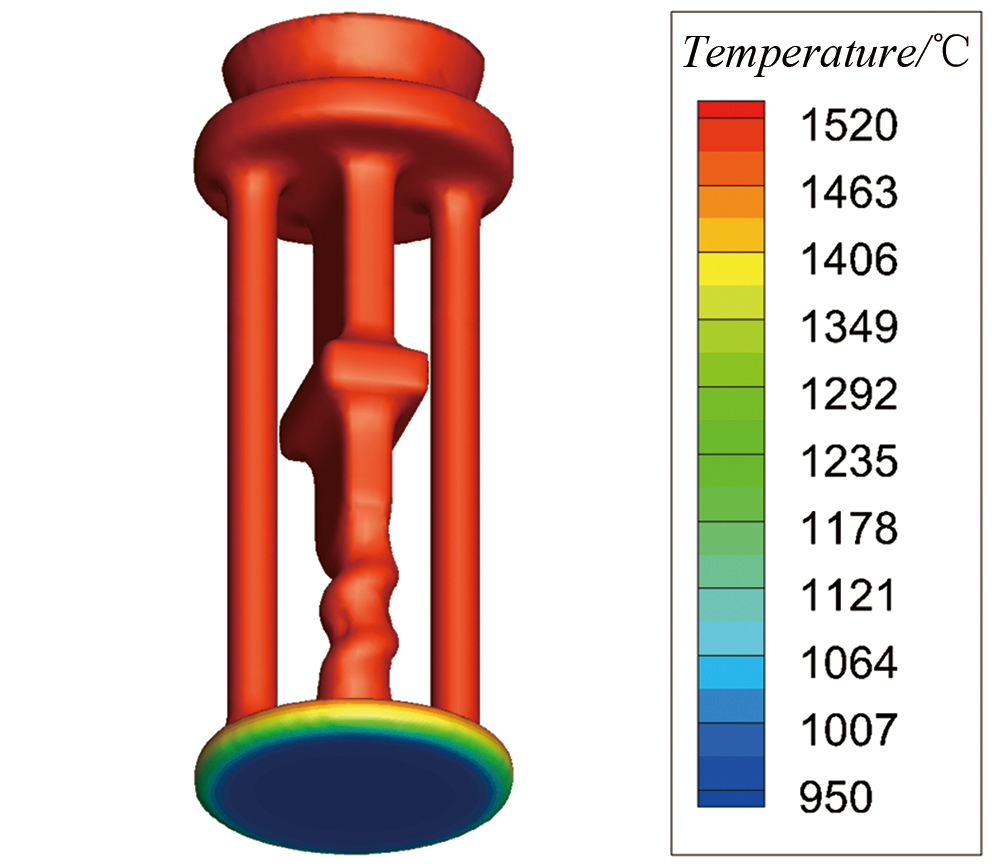
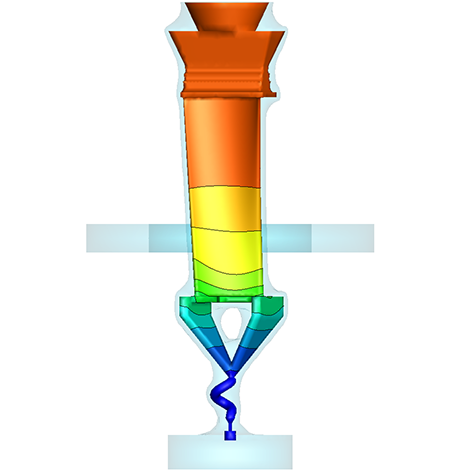
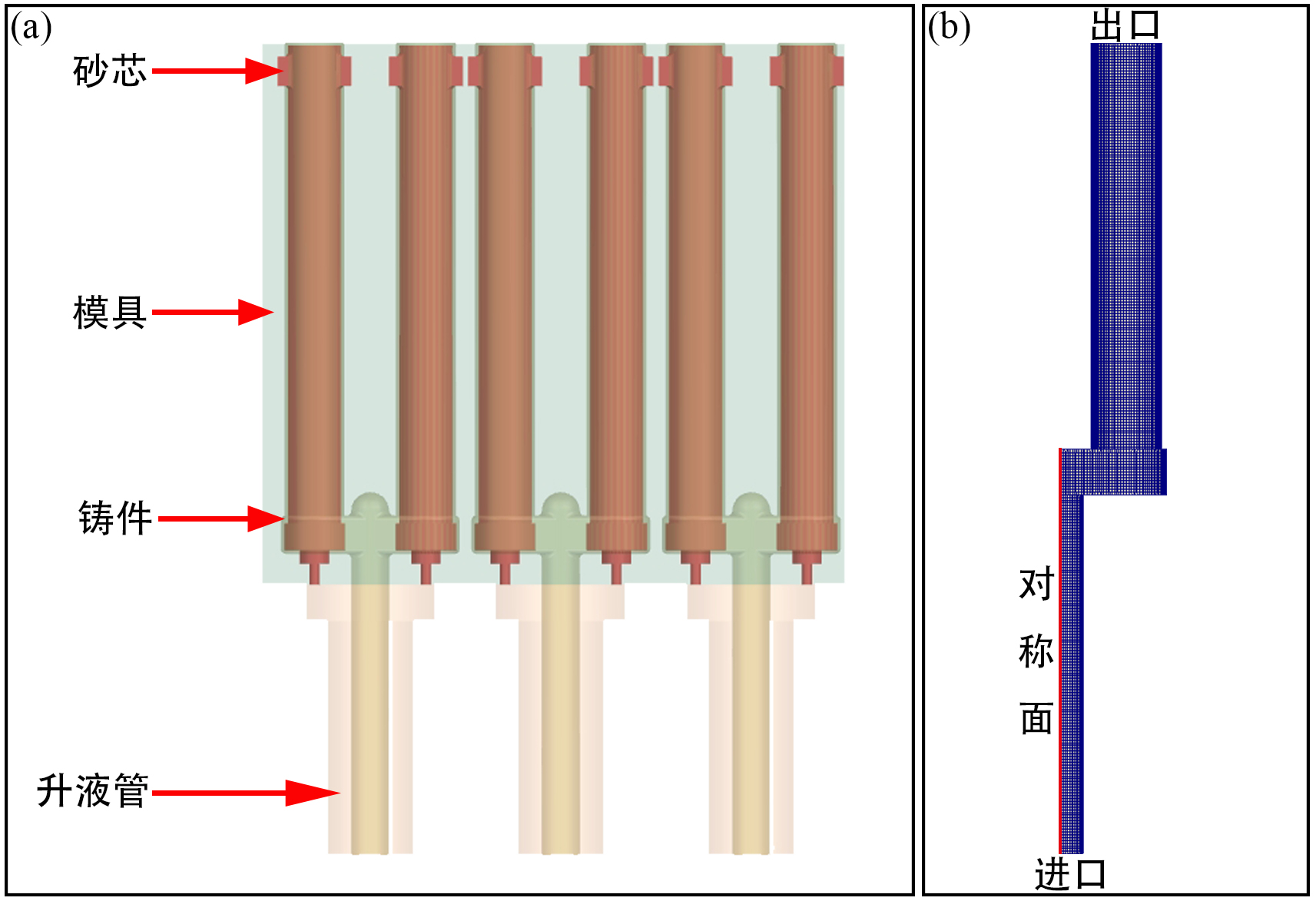

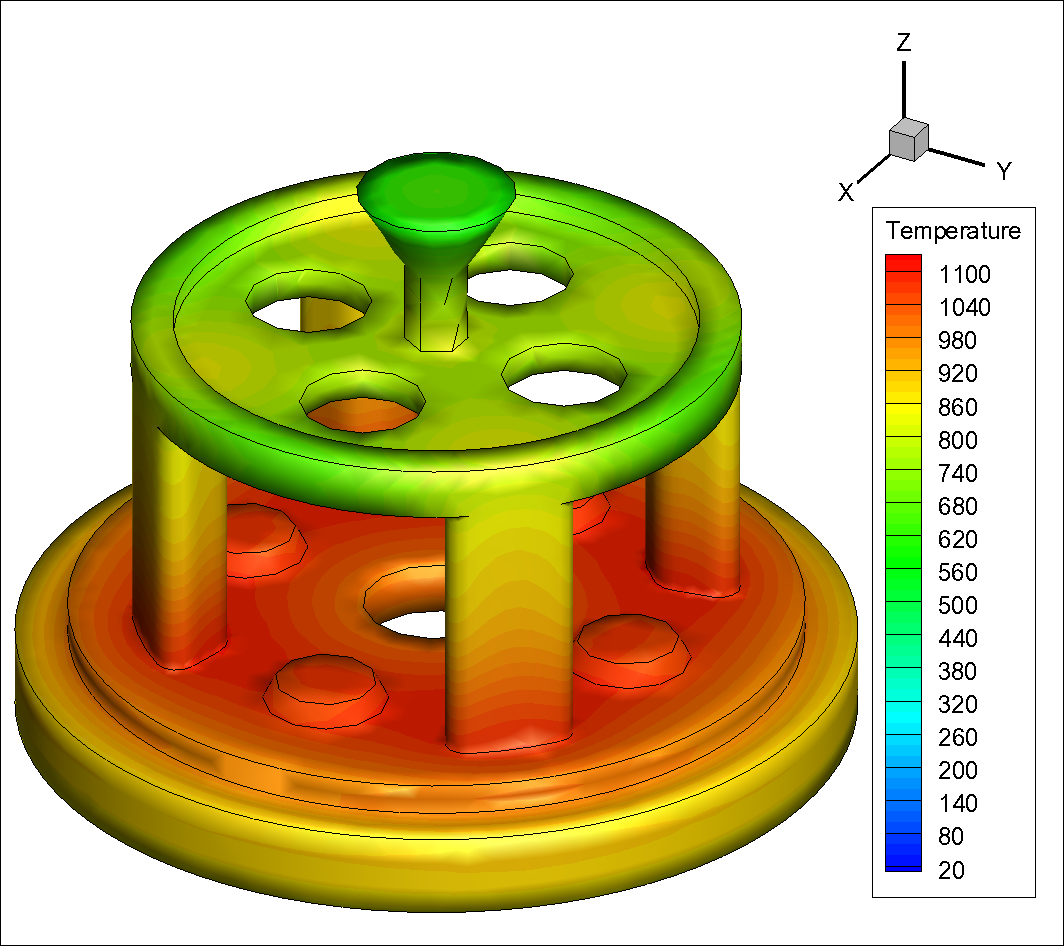
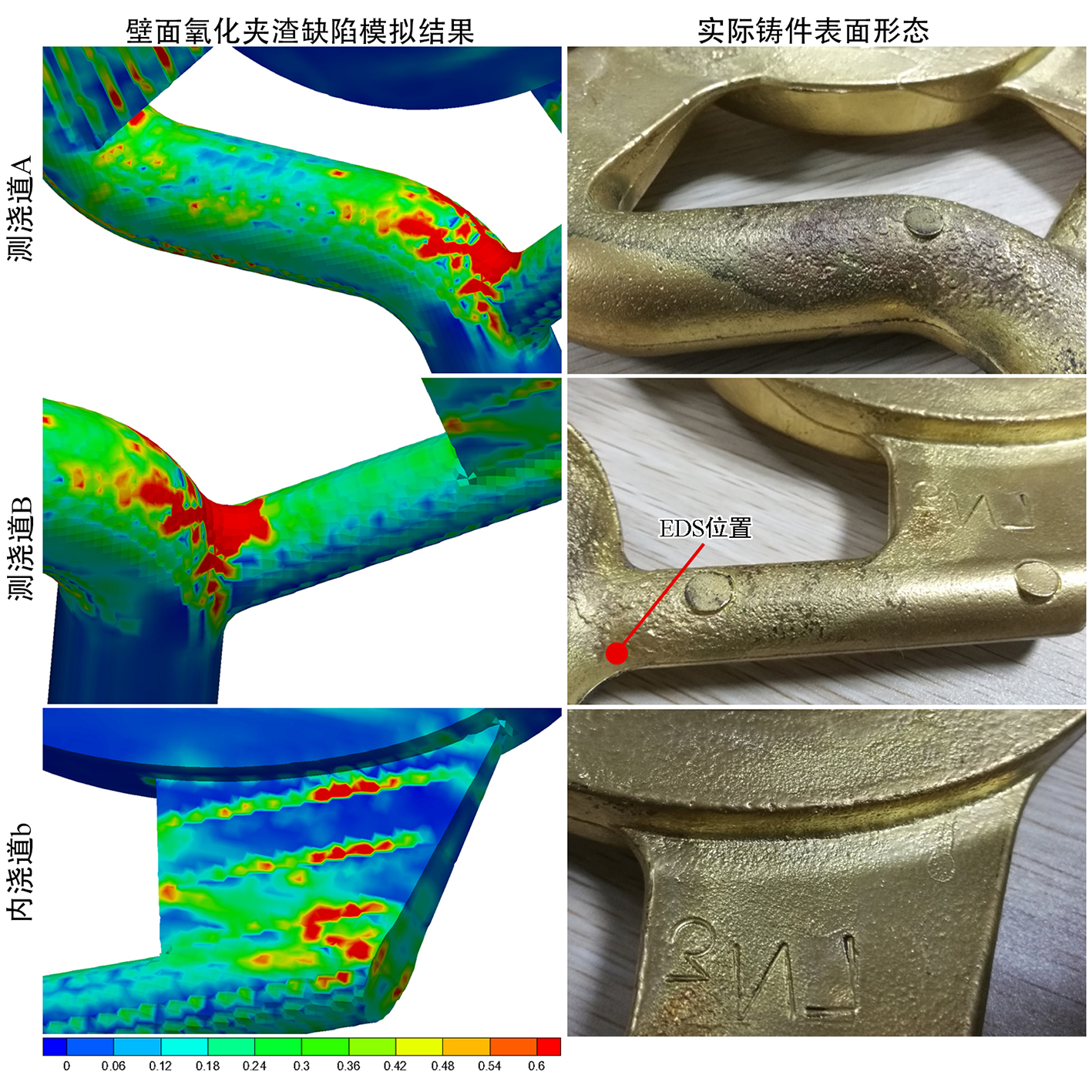
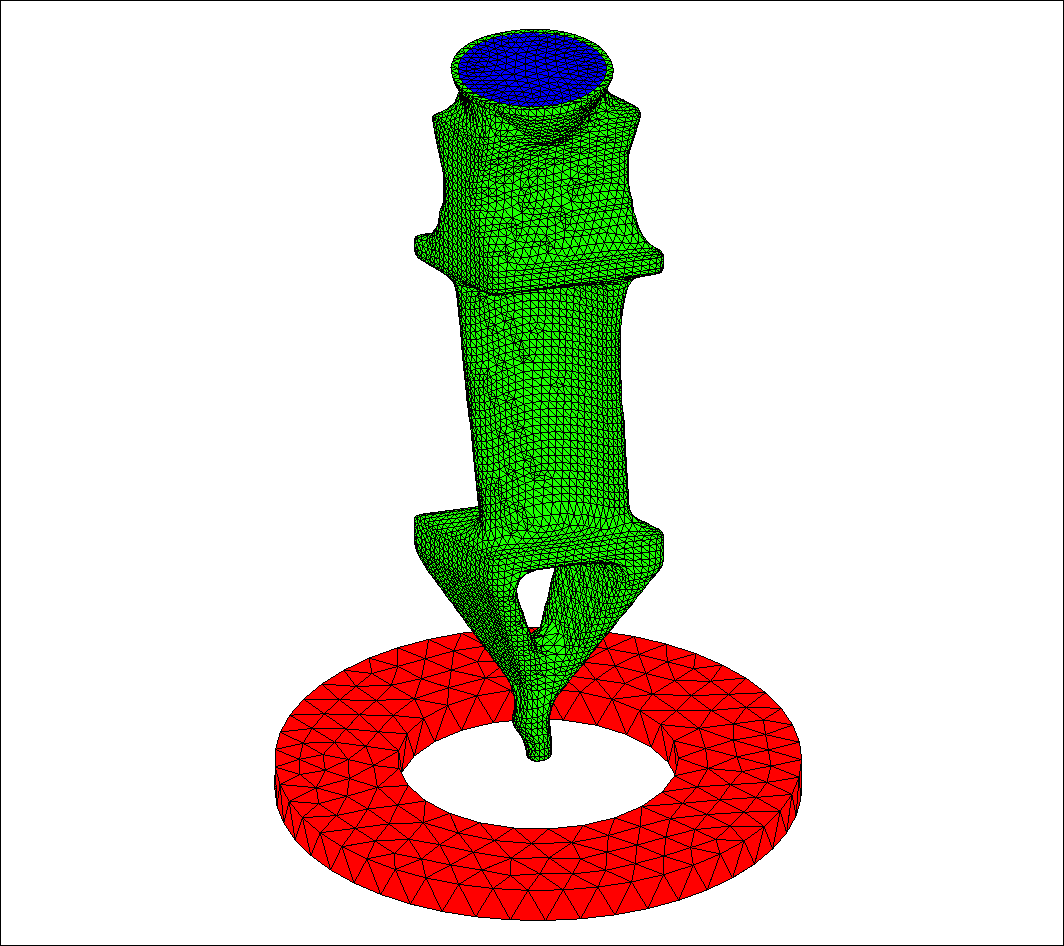
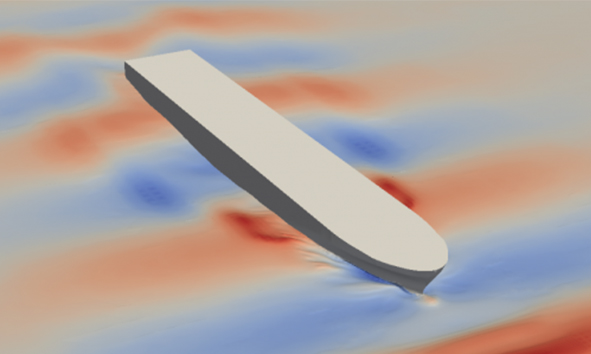
OpenFOAM is the leading free, open source software for CFD, owned by the OpenFOAM Foundation and distributed exclusively under the General Public Licence (GPL). OpenFOAM was created by Henry Weller in 1989 under the name "FOAM" and was released open source as "OpenFOAM" by Henry Weller, Chris Greenshields and Mattijs Janssens in December 2004.
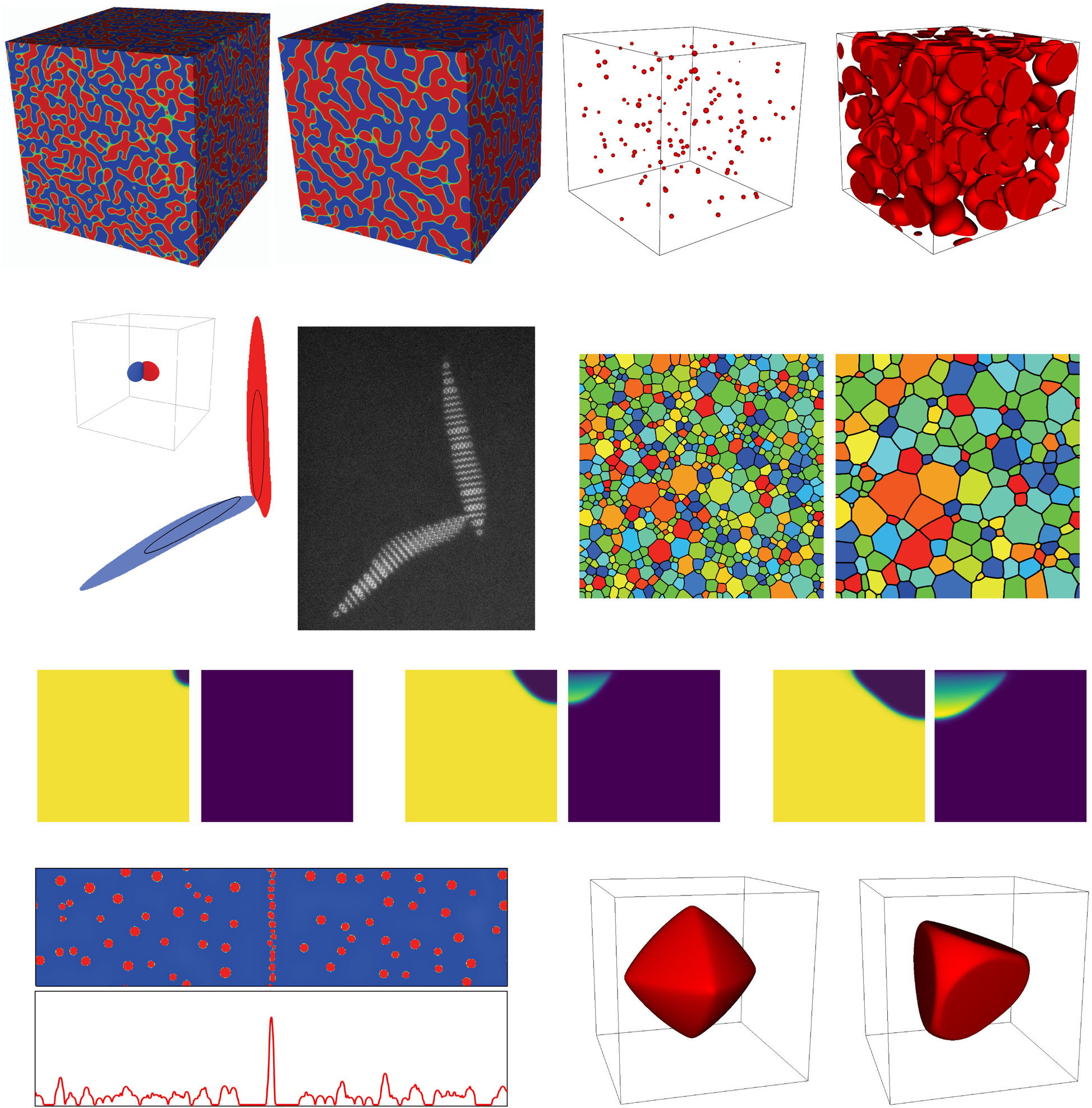
PRISMS-PF is a powerful, massively parallel finite element code for conducting phase field and other related simulations of microstructural evolution. The phase field method is commonly used for predicting the evolution if microstructures under a wide range of conditions and material systems. PRISMS-PF provides a simple interface for solving customizable systems of partial differential equations of the type commonly found in phase field models, and has 24 pre-built application modules, including for precipitate evolution, grain growth, dendritic solidification, and spinodal decomposition.
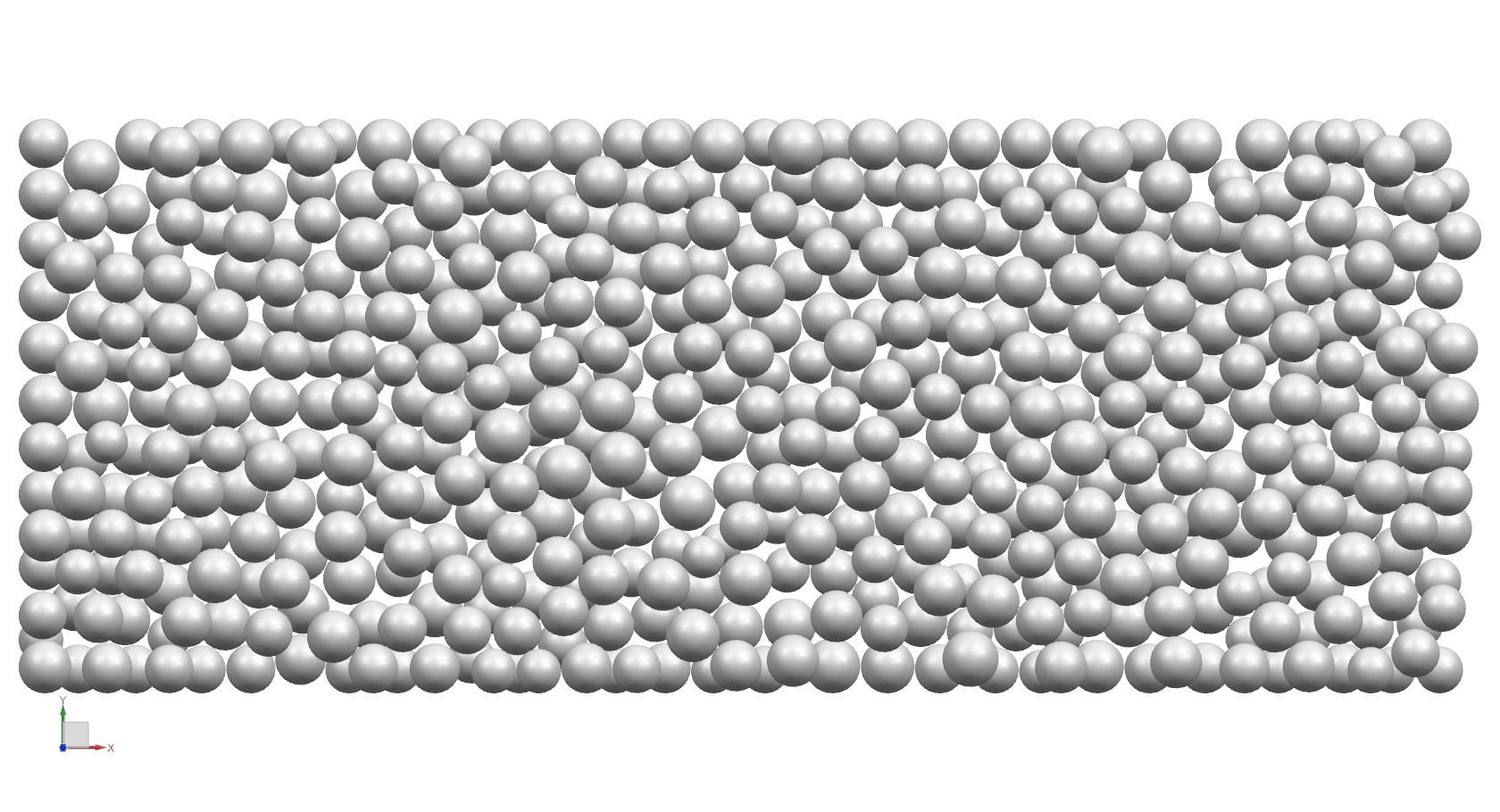
Yade is an extensible open-source framework for discrete numerical models, focused on Discrete Element Method. The computation parts are written in c++ using flexible object model, allowing independent implementation of new alogrithms and interfaces. Python is used for rapid and concise scene construction, simulation control, postprocessing and debugging.
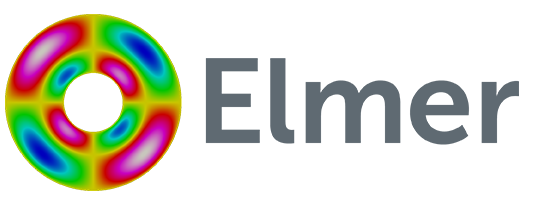
Elmer is an open source multiphysical simulation software mainly developed by CSC - IT Center for Science (CSC). Elmer development was started as national collaboration with Finnish Universities, research institutes and industry. After it's open source publication, the use and development of Elmer has become largely international. Elmer includes physical models of fluid dynamics, structural mechanics, electromagnetics, heat transfer and acoustics, and beyond. These are described by partial differential equations which Elmer solves by the Finite Element Method (FEM). Elmer supports parallel computing. For many problems good scalability over thousands of cores is reached.
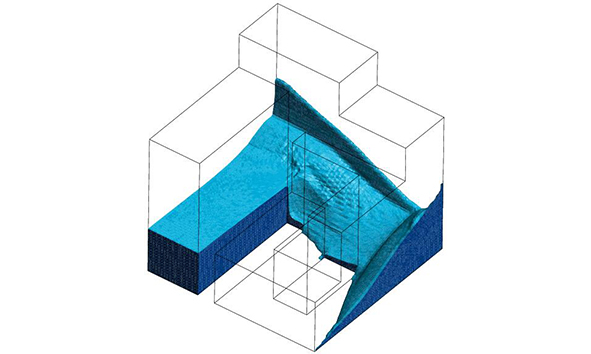
OpenFVM is a general CFD solver released under the GPL license. It was developed to simulate the flow in complex 3D geometries. Therefore, the mesh can be unstructured and contain control volumes with arbitrary shape. The code uses the finite volume method to evaluate the partial differential equations. As well as solving the velocity and pressure fields, the code is capable of solving non-isothermal multiphase flow.
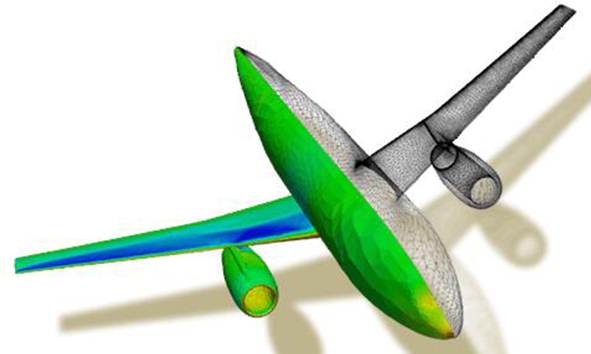
Computational analysis tools have revolutionized the way we design aerospace systems, but most established codes are proprietary, unavailable, or prohibitively expensive for many users. The SU2 team is changing this, making computational analysis and design freely available as open-source software and involving everyone in its creation and development.
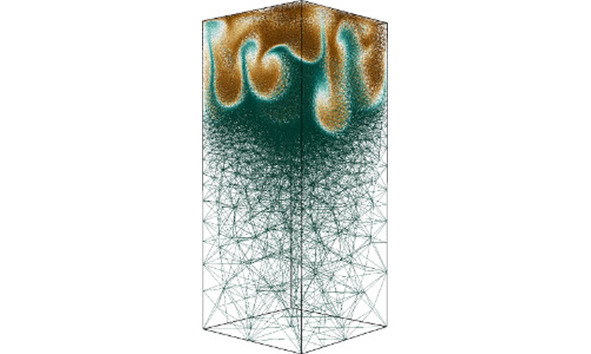
Fluidity is an open source, general purpose, multiphase computational fluid dynamics code capable of numerically solving the Navier-Stokes equation and accompanying field equations on arbitrary unstructured finite element meshes in one, two and three dimensions. It is parallelised using MPI and is capable of scaling to many thousands of processors.

A software tool for classical CFD, particle-based models and complex physical interaction, Palabos offers a powerful environment for your fluid flow simulations.

MFiX is an open-source multiphase flow solver, providing a Two-Fluid Model (TFM), a Particle In Cell (PIC) model, a Discrete Element Model (DEM), and a Hybrid model. These models can be used to simulate a variety of multiphase flow devices including gasifiers, circulating fluid bed combusters, fluidized beds, fluid catalytic crackers, and chemical looping combustion systems.

GPUSPH was the first implementation of Weakly-Compressible Smoothed Particle Hydrodynamics (WCSPH) to run entirely on GPU with CUDA. The initial version was developed by Alexis Hérault (INGV, CNAM), Giuseppe Bilotta (DMI, INGV) and Robert A. Dalrymple (JHU).
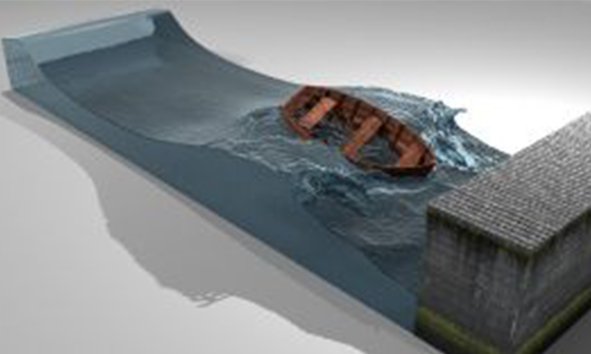
DualSPHysics is based on the Smoothed Particle Hydrodynamics model named SPHysics (www.sphysics.org). The code is developed to study free-surface flow phenomena where Eulerian methods can be difficult to apply, such as waves or impact of dam-breaks on off-shore structures. DualSPHysics is a set of C++, CUDA and Java codes designed to deal with real-life engineering problems.
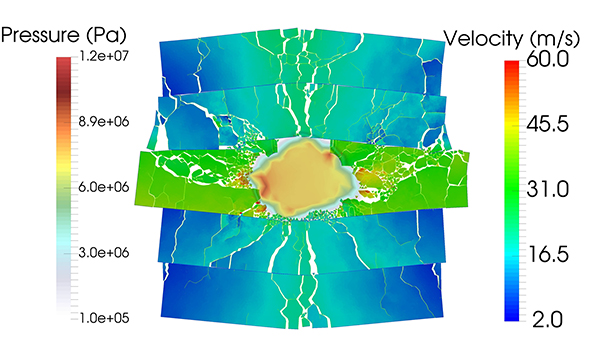
Solidity is an Open Source general purpose, two and three dimension finite element – discrete element solid mechanics code. Solidity solves highly non-linear problems for continuum and discontinuous domains. Features include fracture and fragmentation without the need to seed, a range of finite strain large deformation constitutive models including elasto-plasticity and thermal fields. Parallelisation and fast contact detection and interaction algorithms are included.
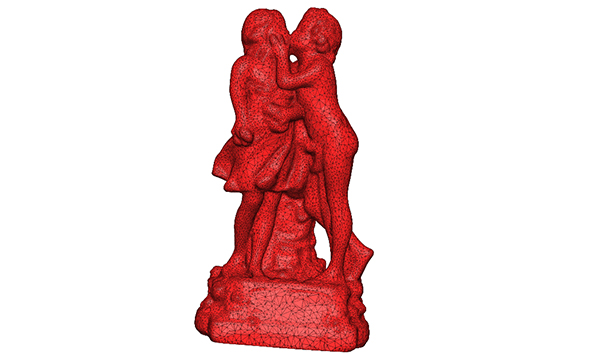
TetGen is a program to generate tetrahedral meshes of any 3D polyhedral domains. TetGen generates exact constrained Delaunay tetrahedralizations, boundary conforming Delaunay meshes, and Voronoi partitions. The following pictures respectively illustrate a 3D polyhedral domain (left), a boundary conforming Delaunay tetrahedral mesh (middle), and its dual - a Voronoi partition (right).
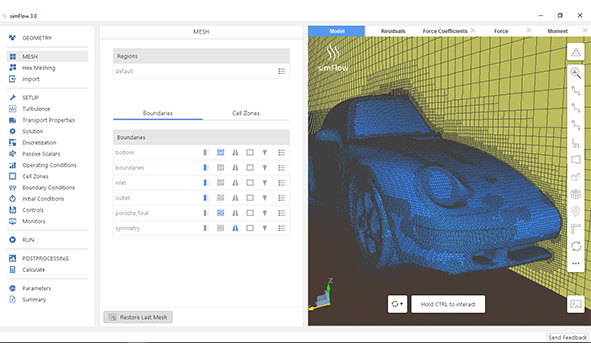
simFlow is a powerful general-purpose CFD software. It combines an intuitive graphical user interface with the advantages of the open-source OpenFOAM libraries.
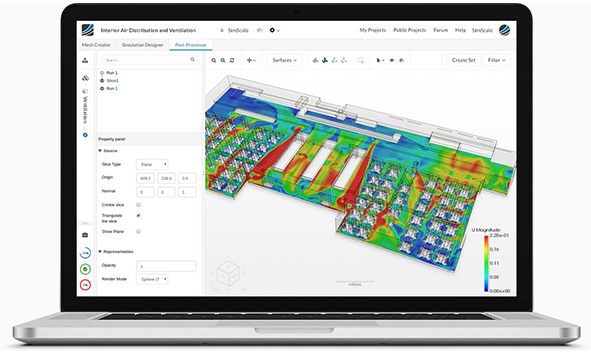
SimScale is a browser-based online-platform that provides powerful modeling and simulation capabilities. With in-browser 3D visualization, scalable on-demand computing capacity and a pay-per-use pricing model, the SimScale platform enables a new way of using simulation technology: efficient, flexible and powerful.
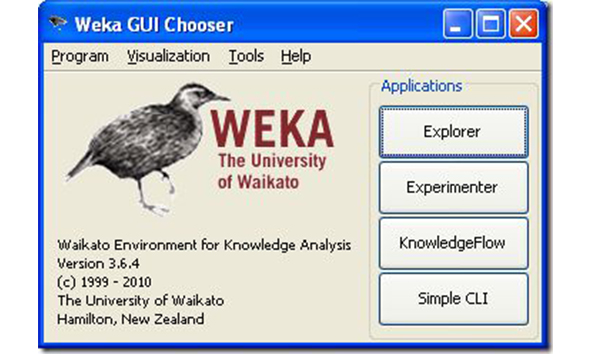
Weka is a collection of machine learning algorithms for data mining tasks. The algorithms can either be applied directly to a dataset or called from your own Java code. Weka contains tools for data pre-processing, classification, regression, clustering, association rules, and visualization. It is also well-suited for developing new machine learning schemes.
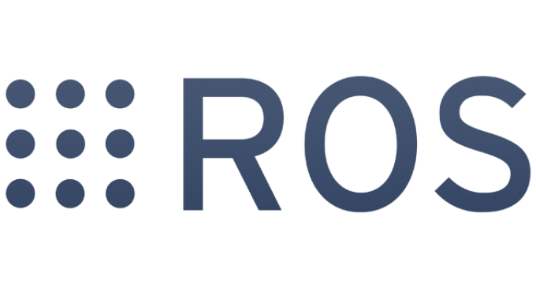
The Robot Operating System (ROS) is a flexible framework for writing robot software. It is a collection of tools, libraries, and conventions that aim to simplify the task of creating complex and robust robot behavior across a wide variety of robotic platforms.

TensorFlow makes it easy for beginners and experts to create machine learning models for desktop, mobile, web, and cloud. See the sections below to get started.

2018年6月至今,我于广州大学机械与电气工程学院担任讲师。
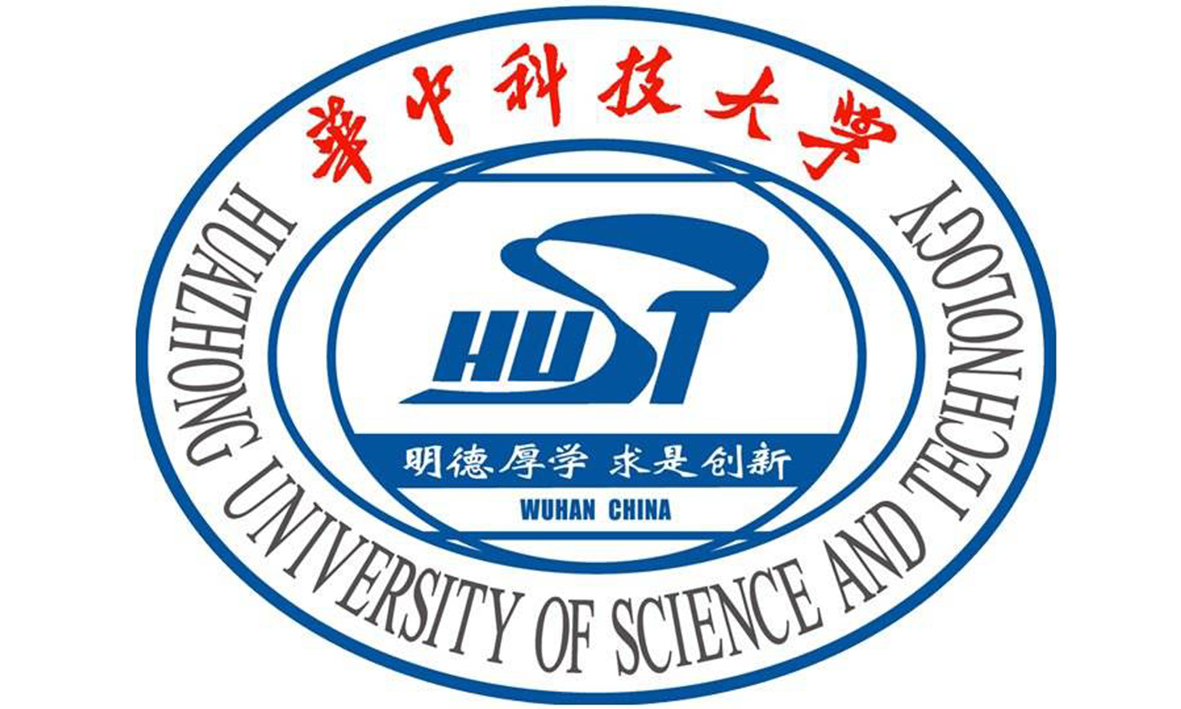
在2009年至2018年期间,我于华中科技大学攻读学士、硕士以及博士学位(2009-2013 学士;2013-2015 硕士;2015-2018 博士)。


.png)
.png)
.png)
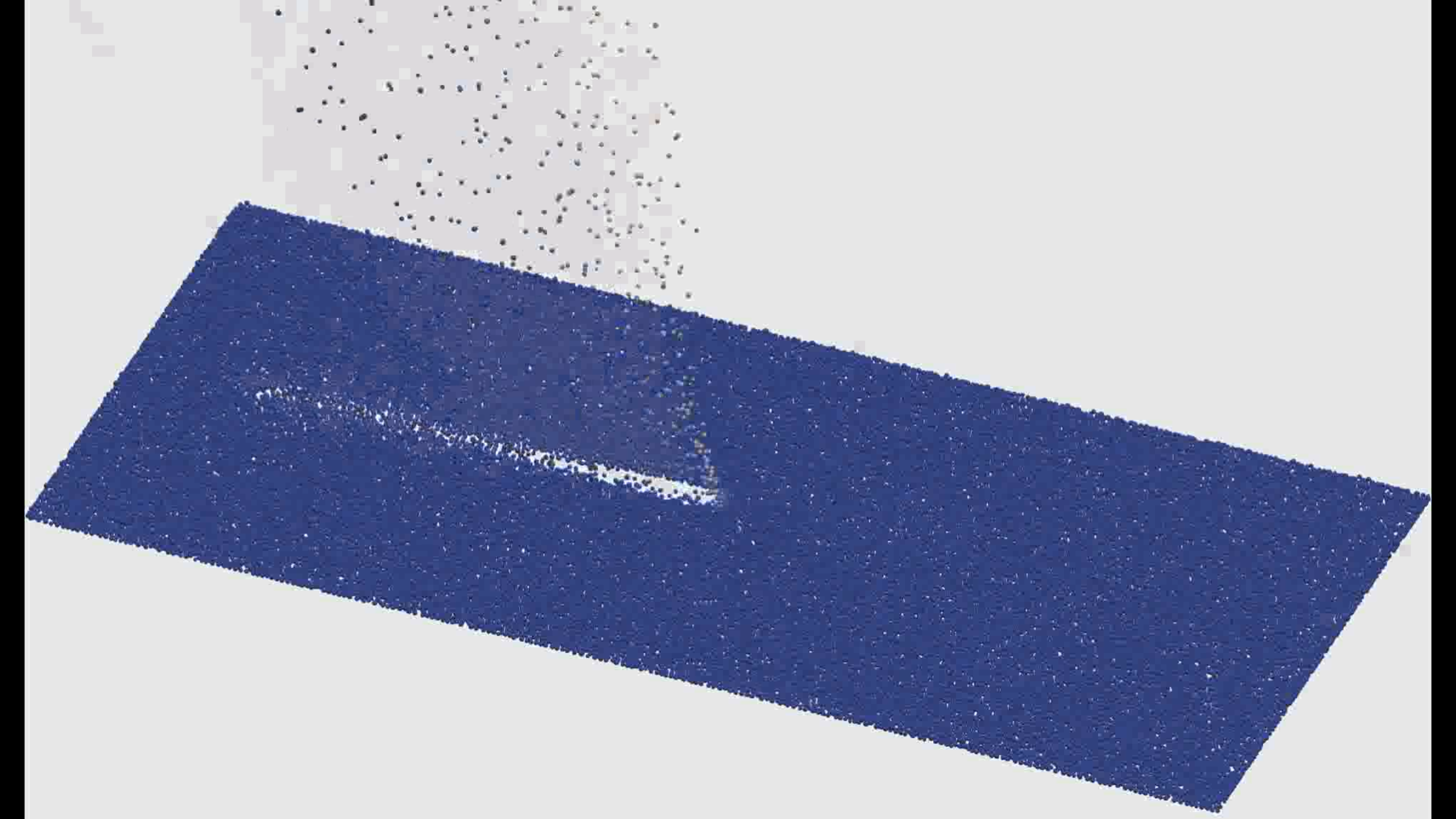
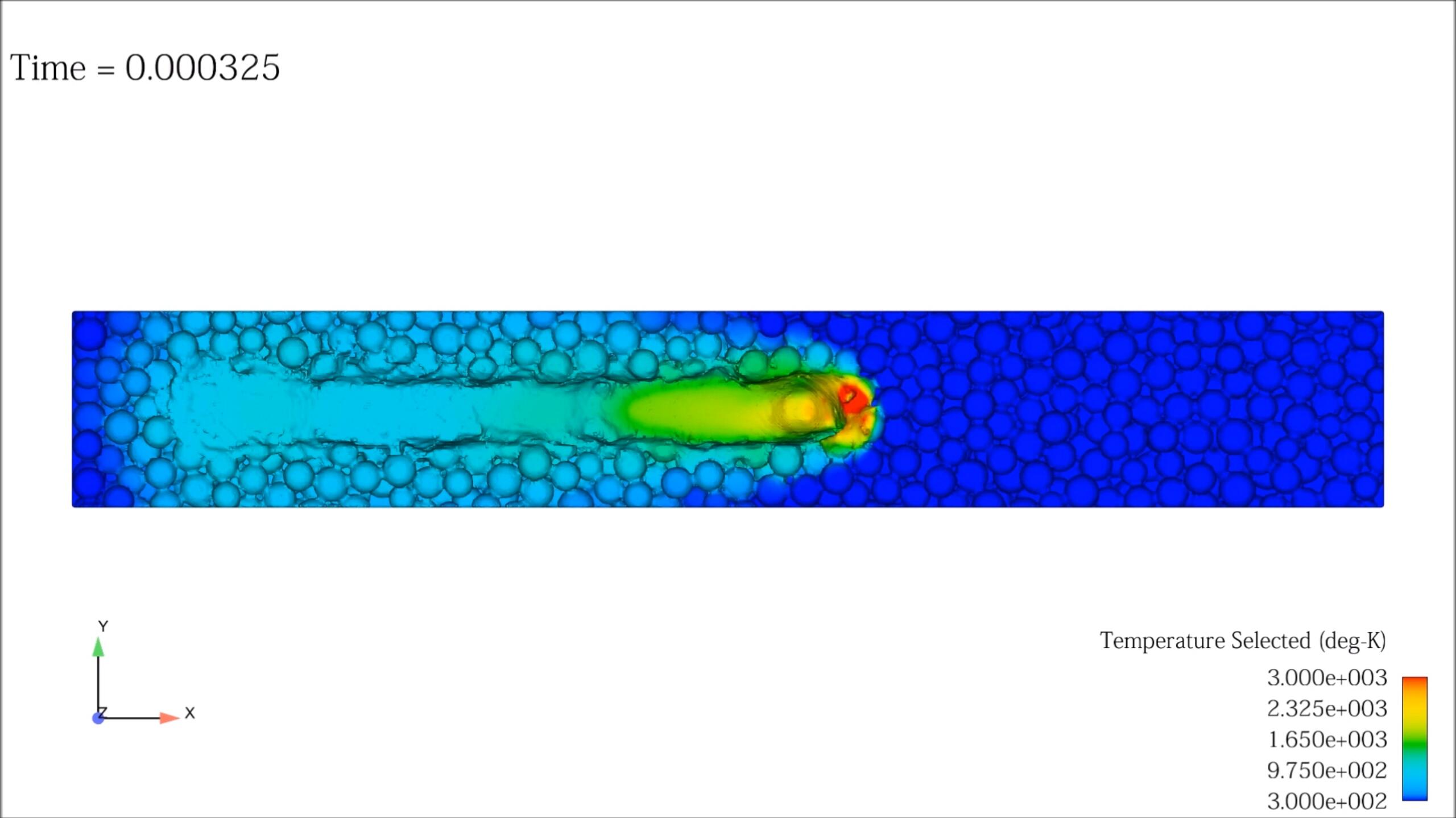
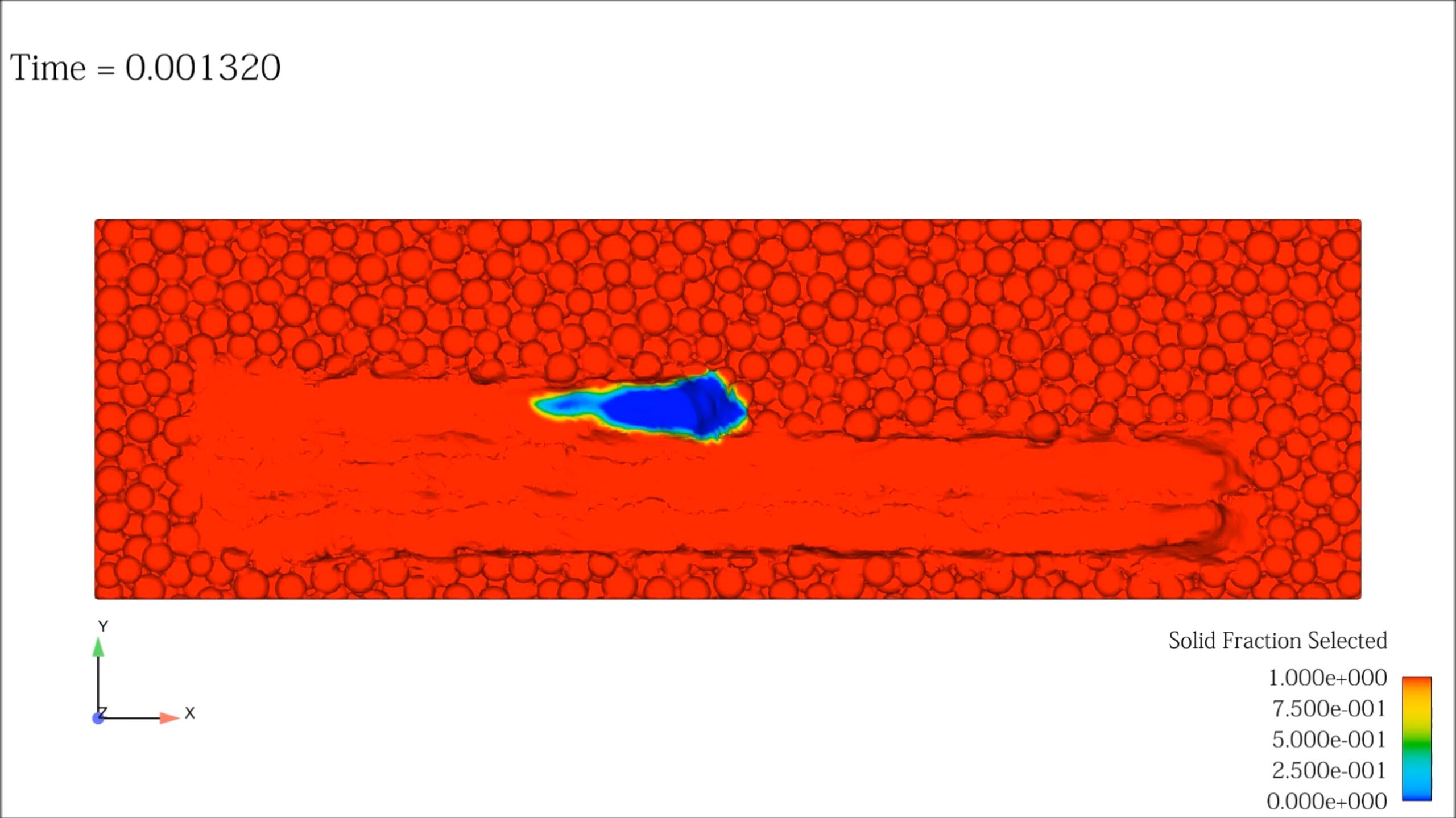

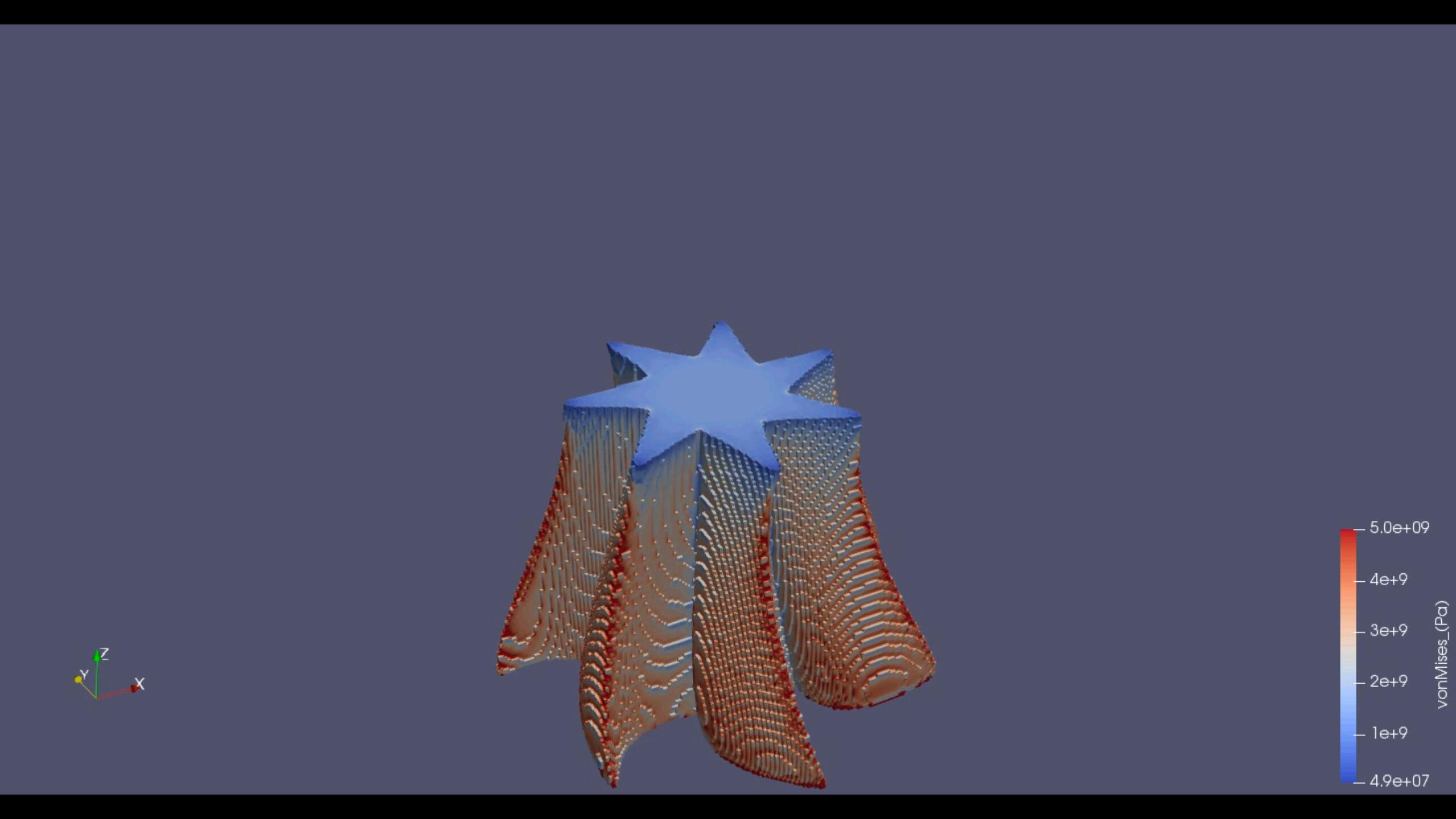

.png)
.png)
.png)
.png)
.png)
.png)
.png)
.png)
.png)
.png)
